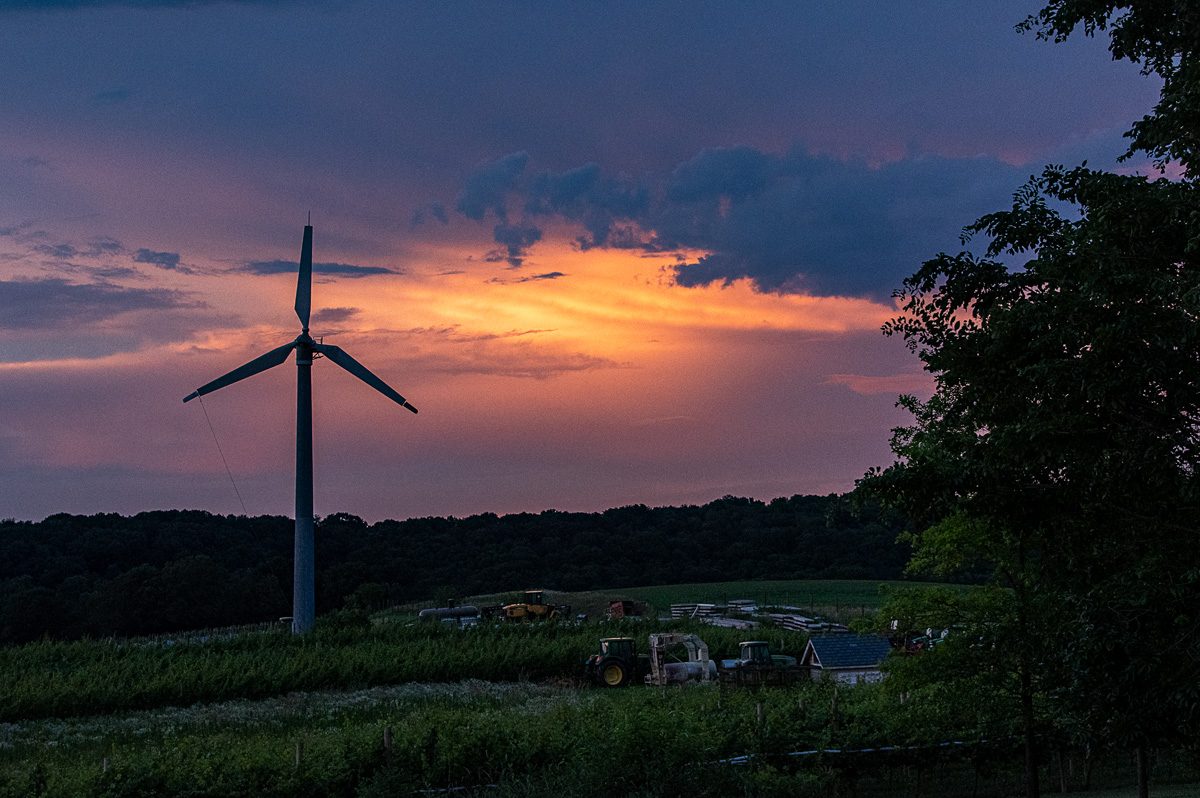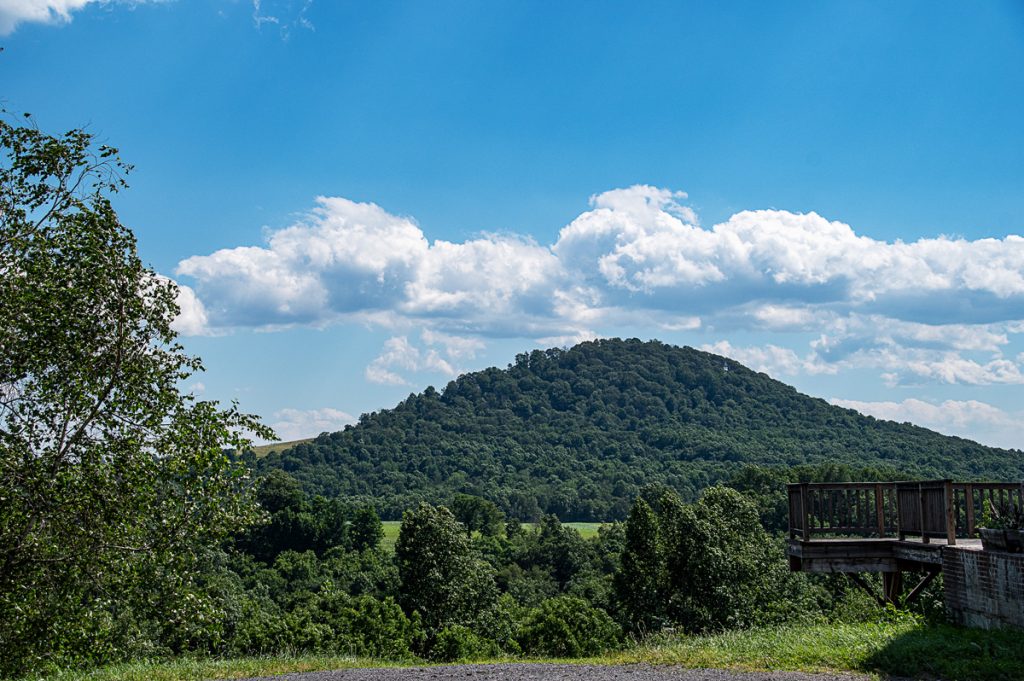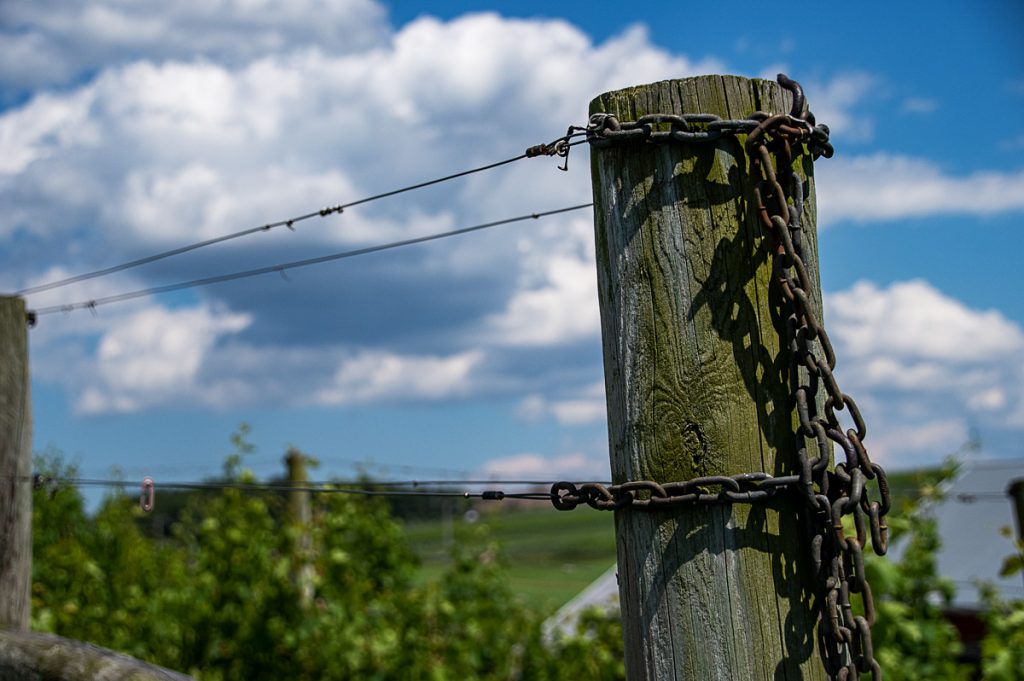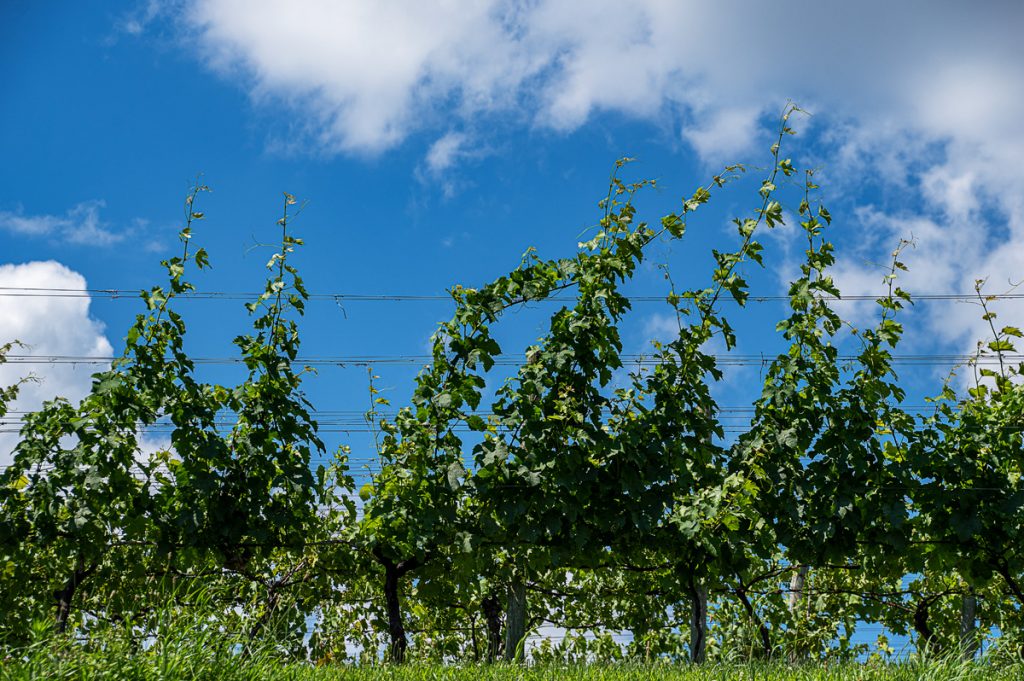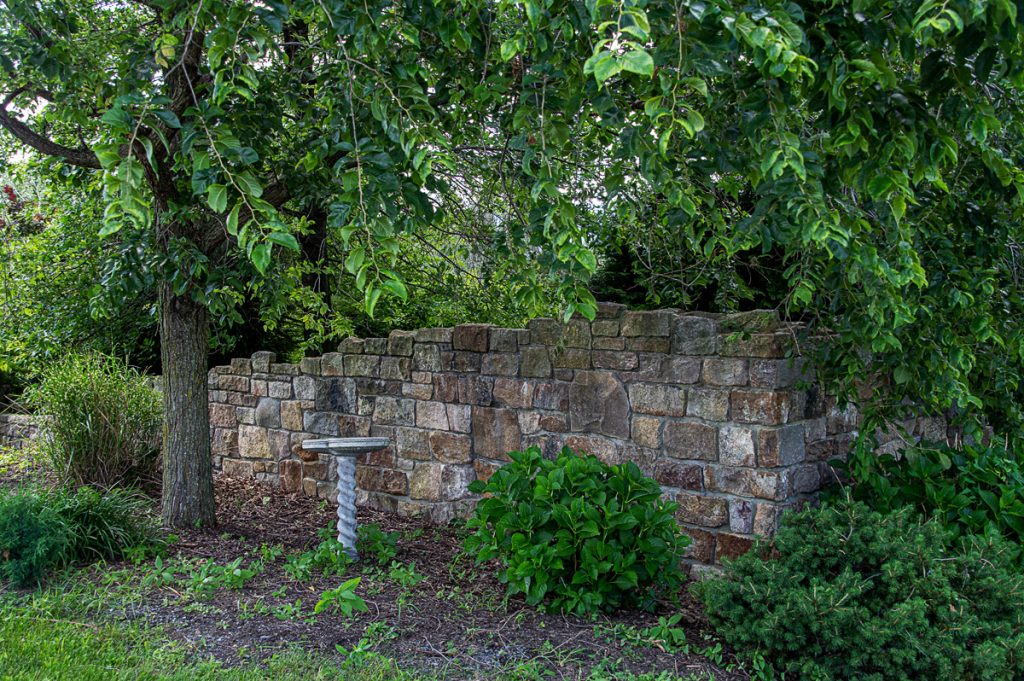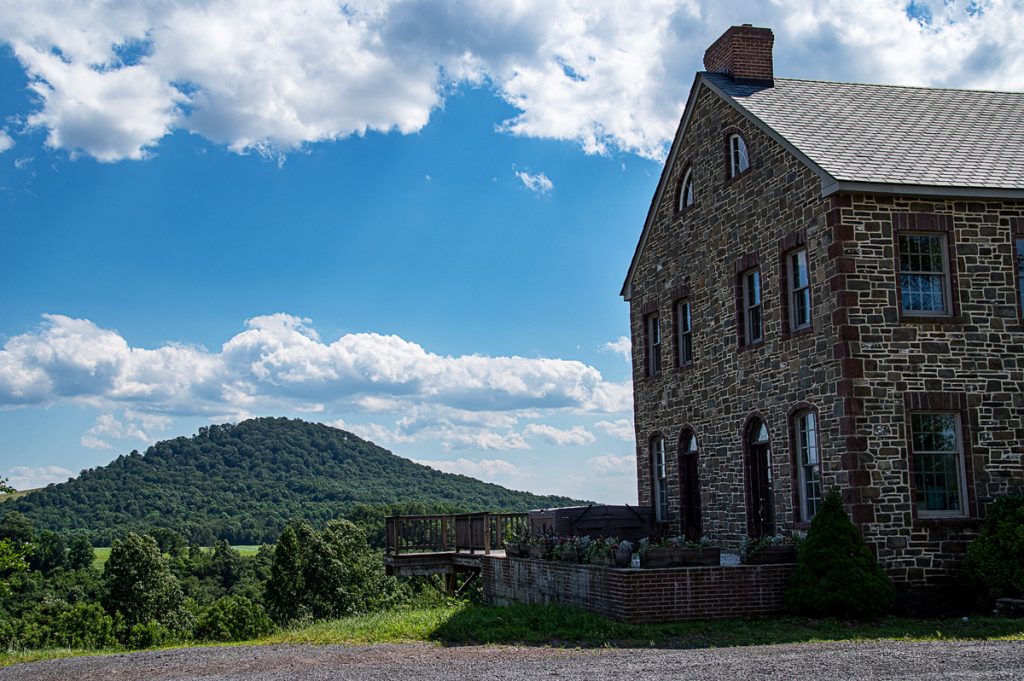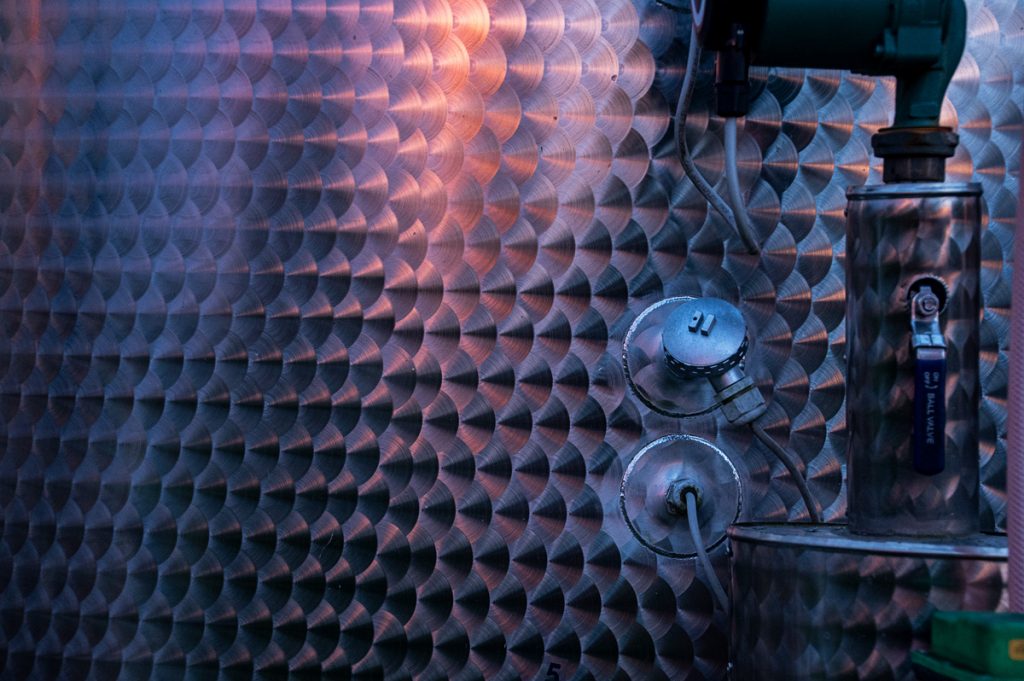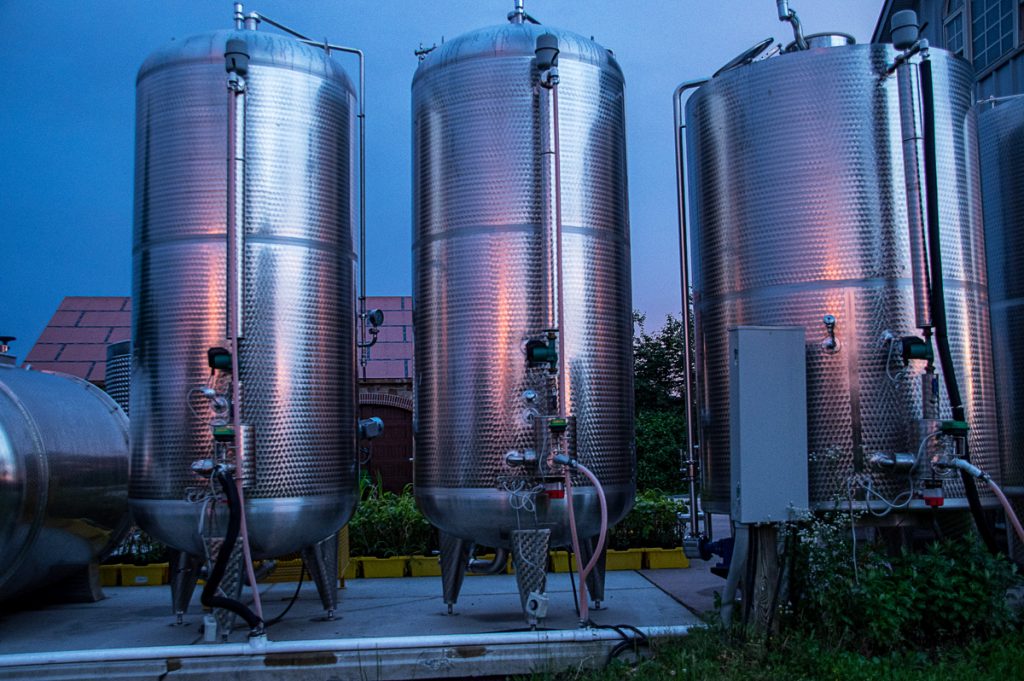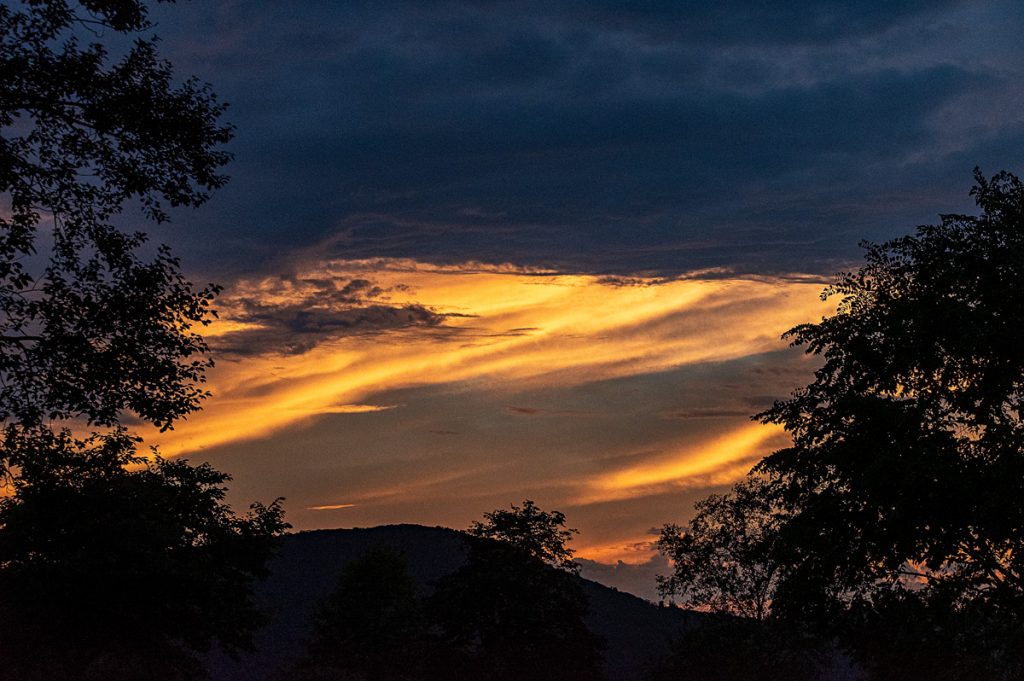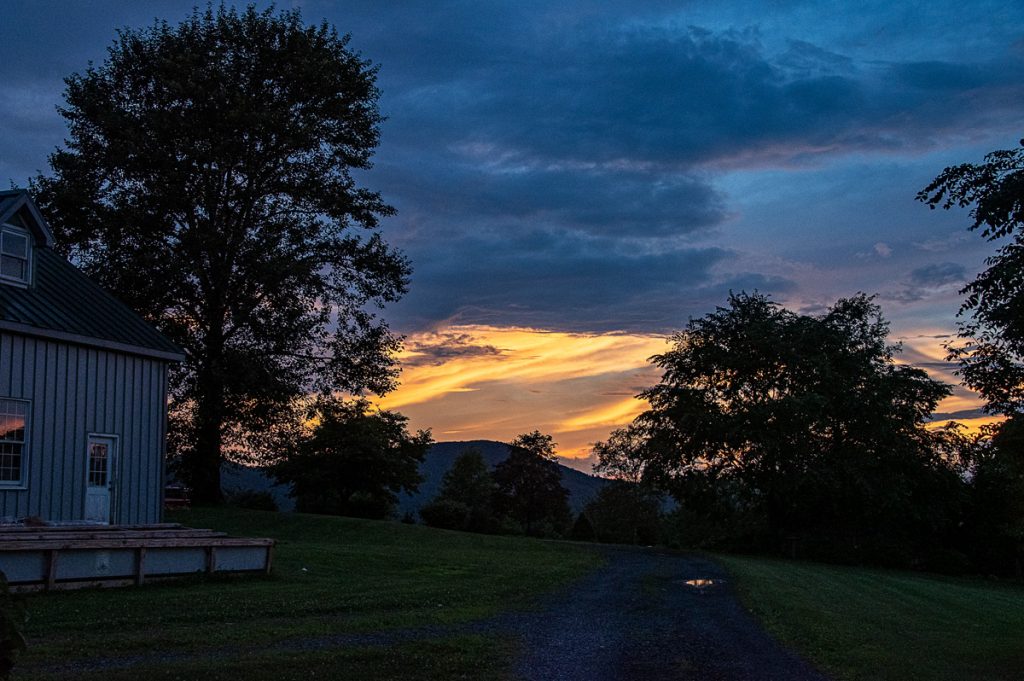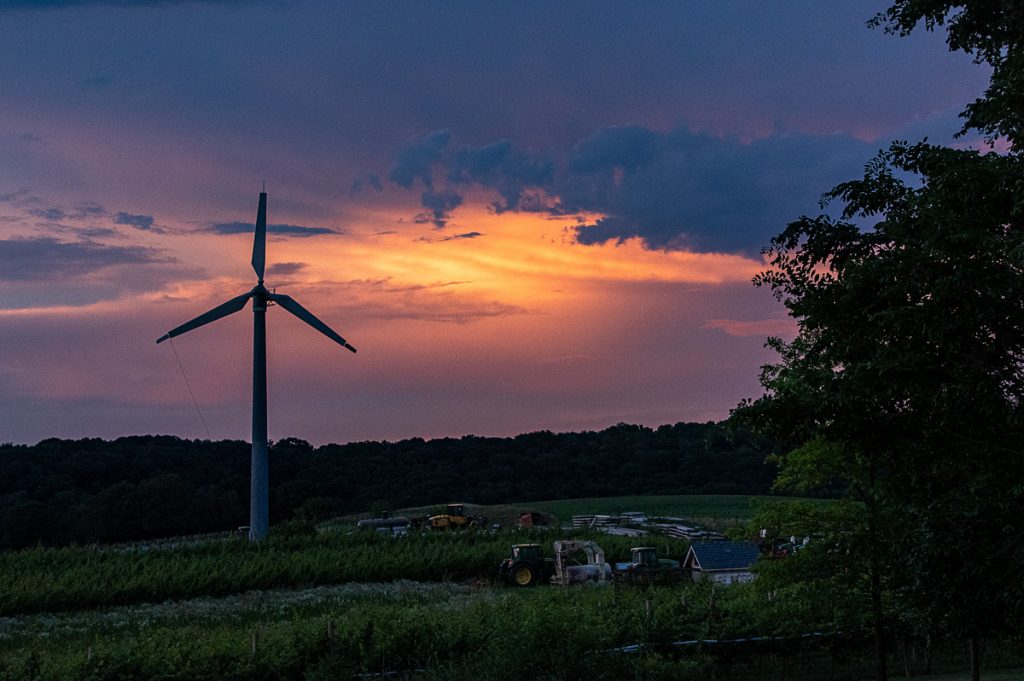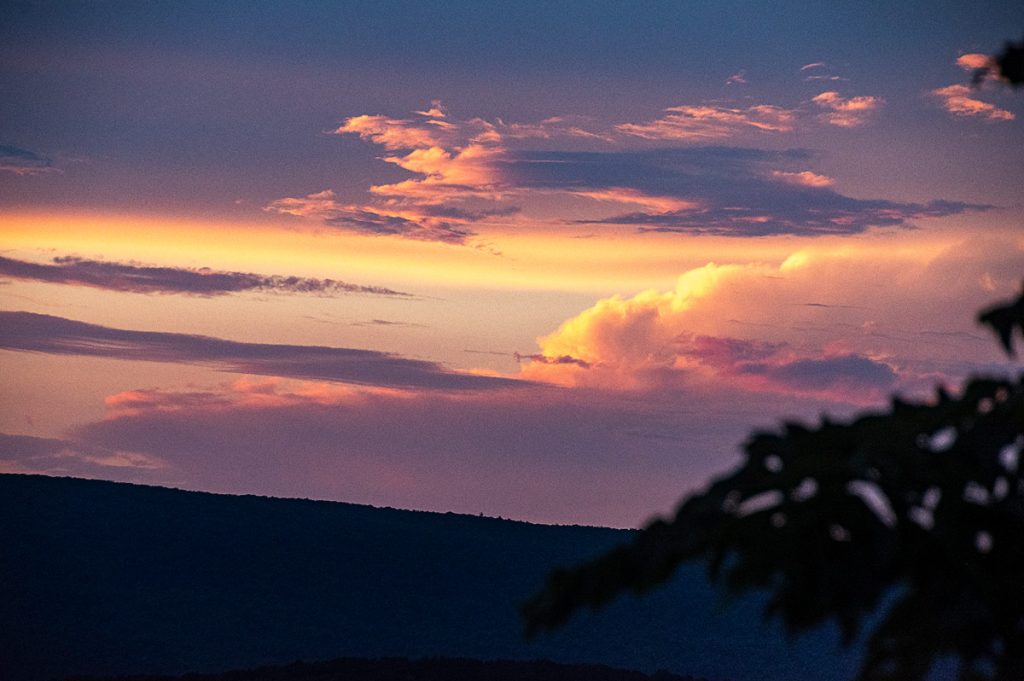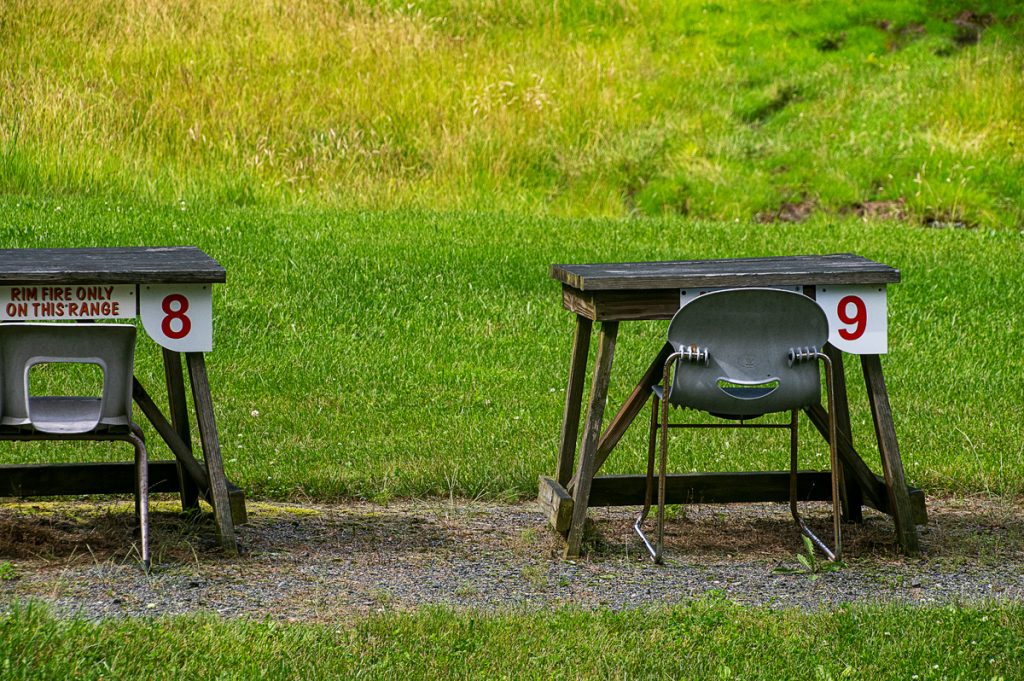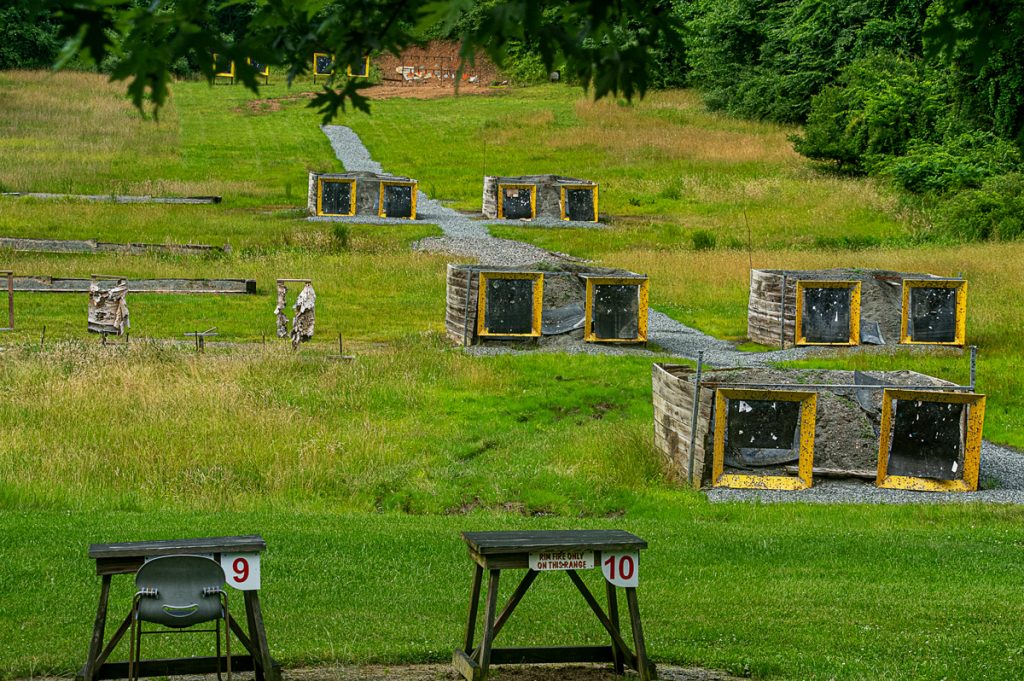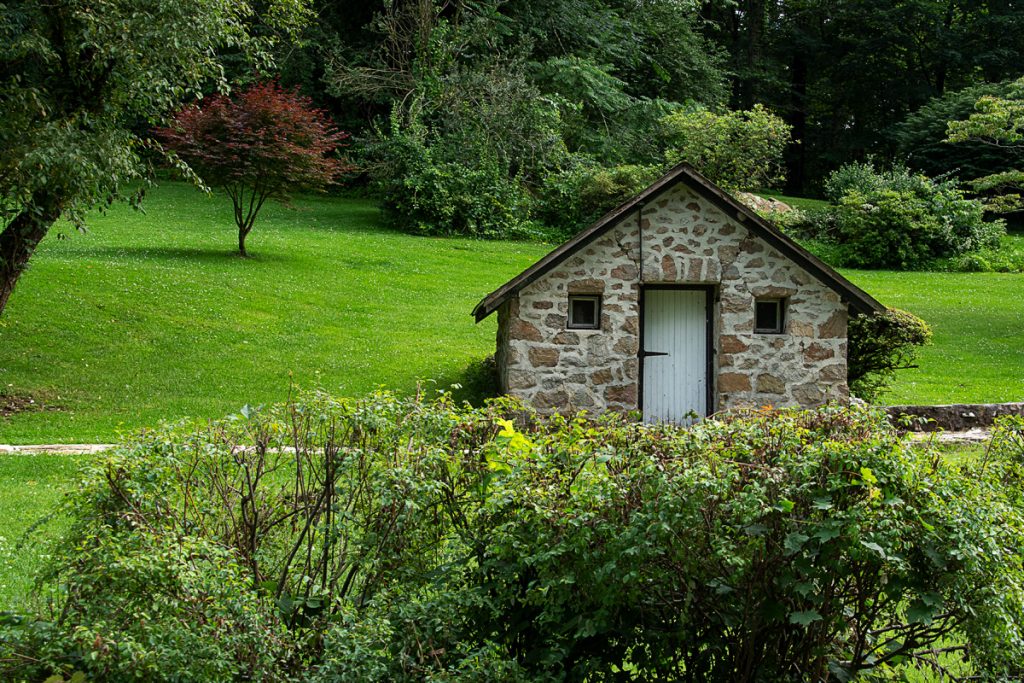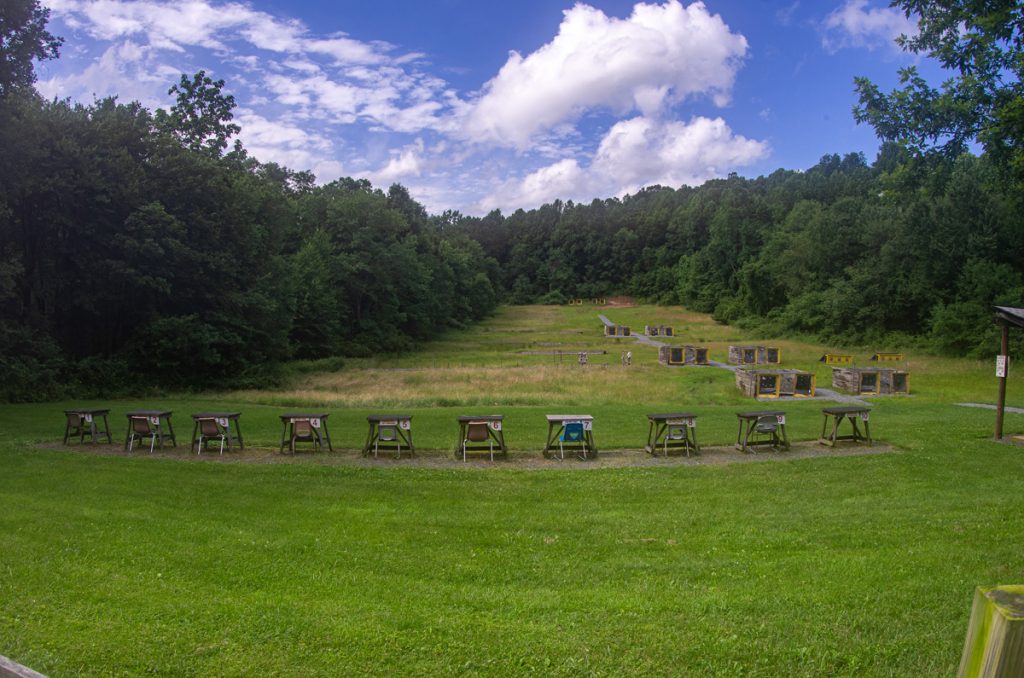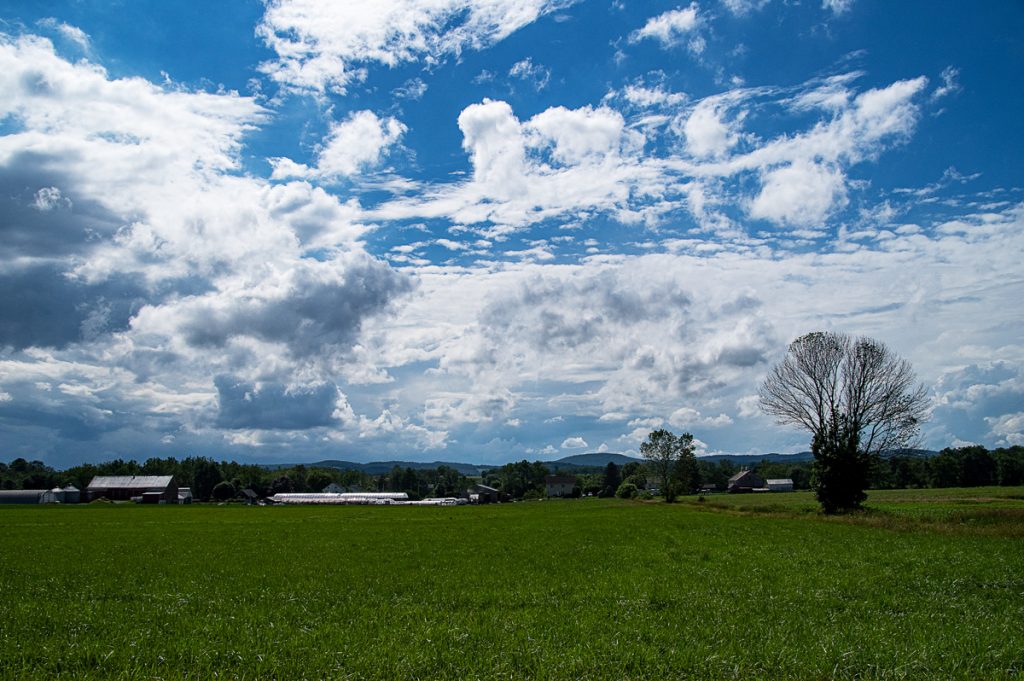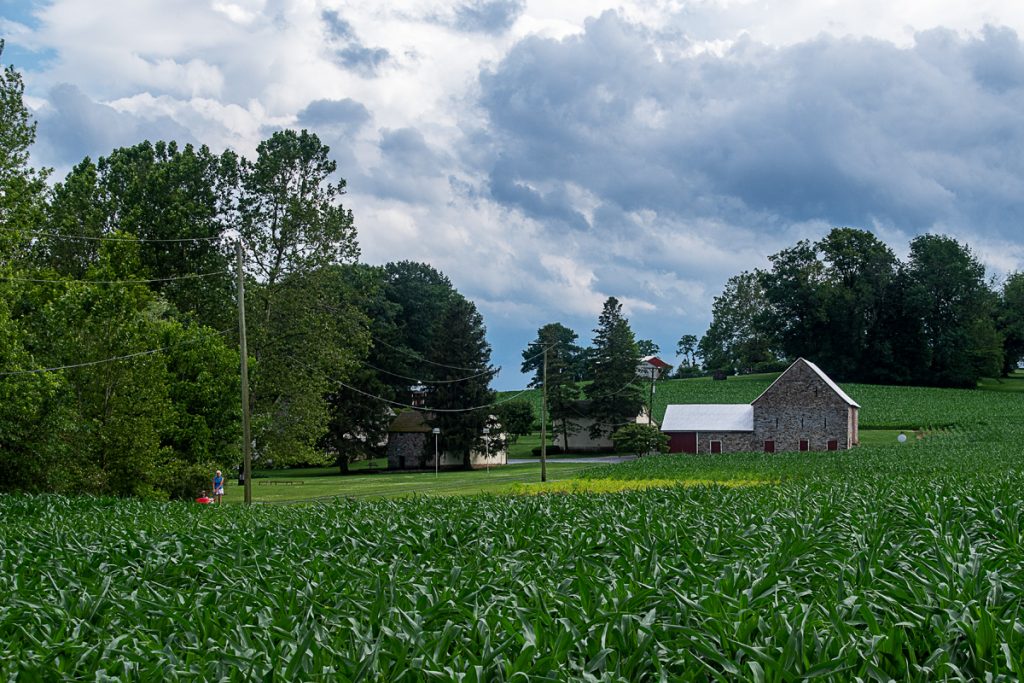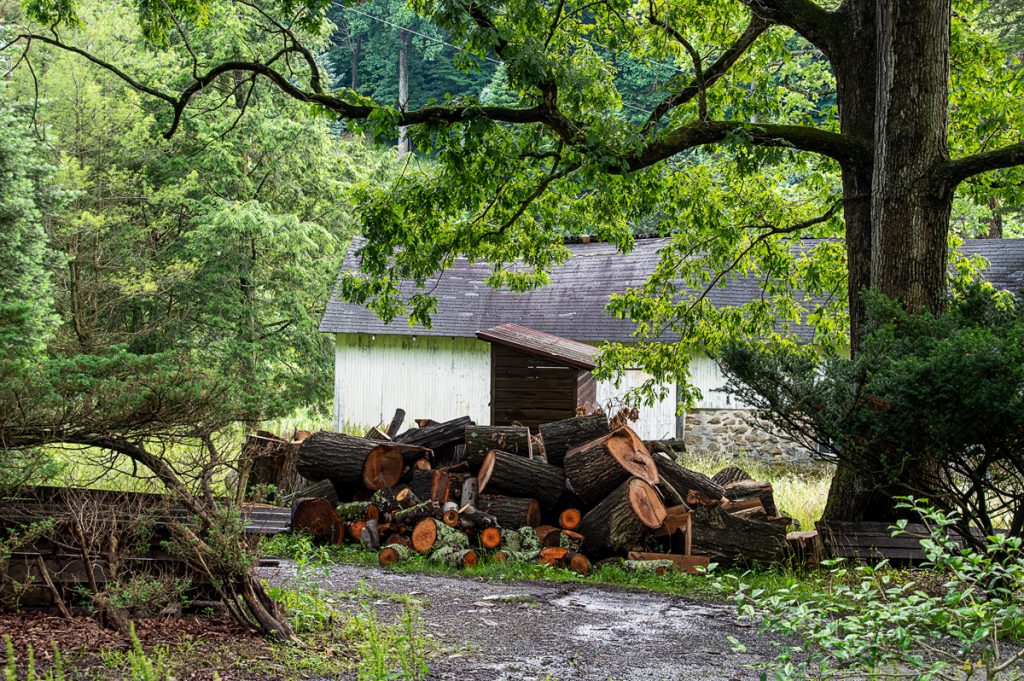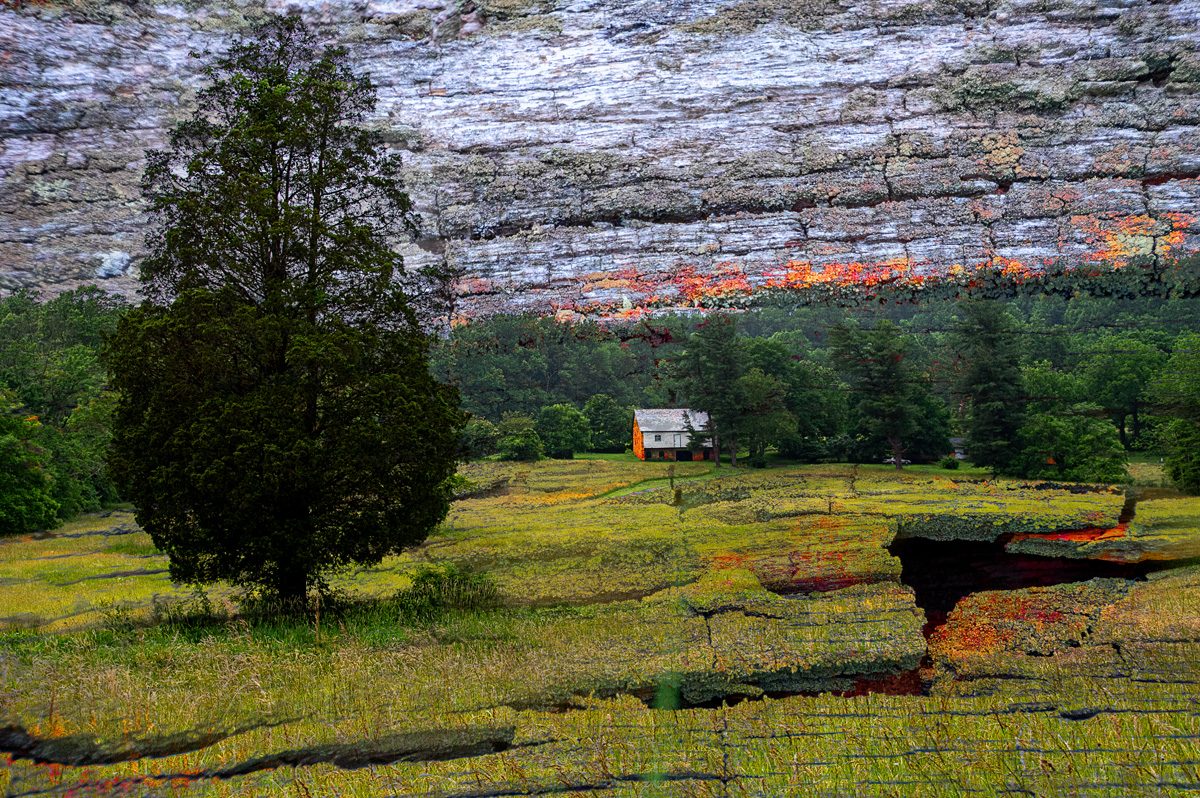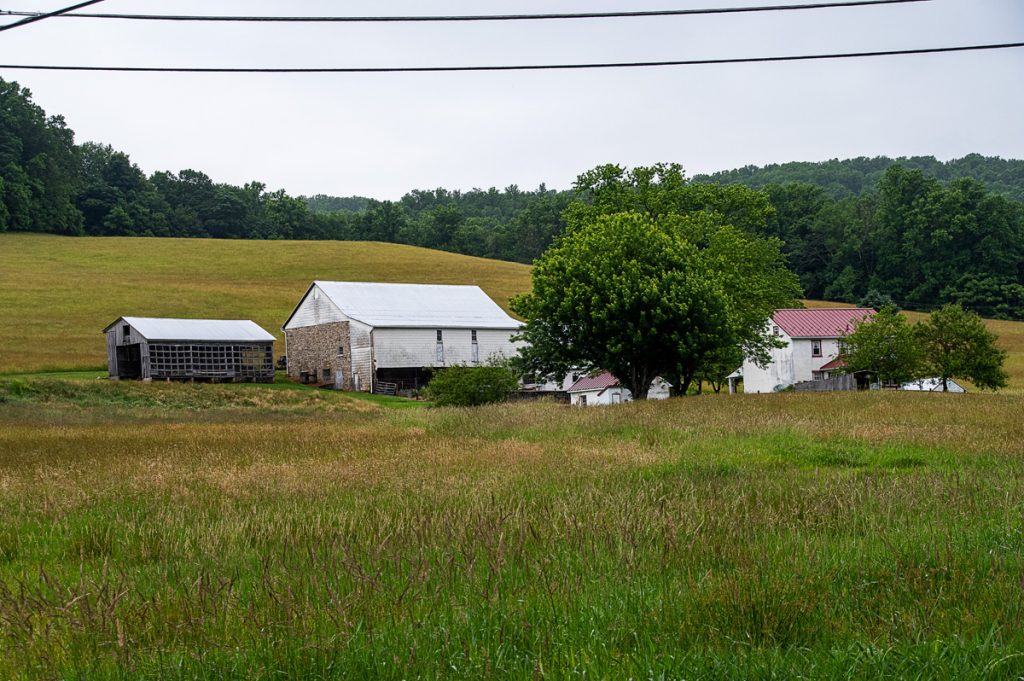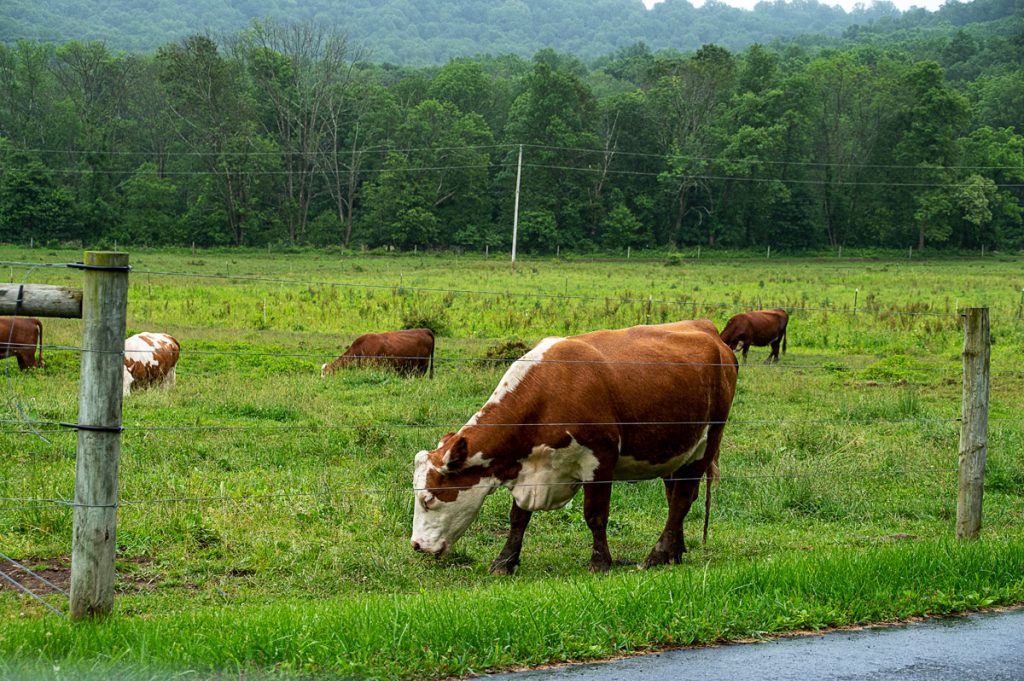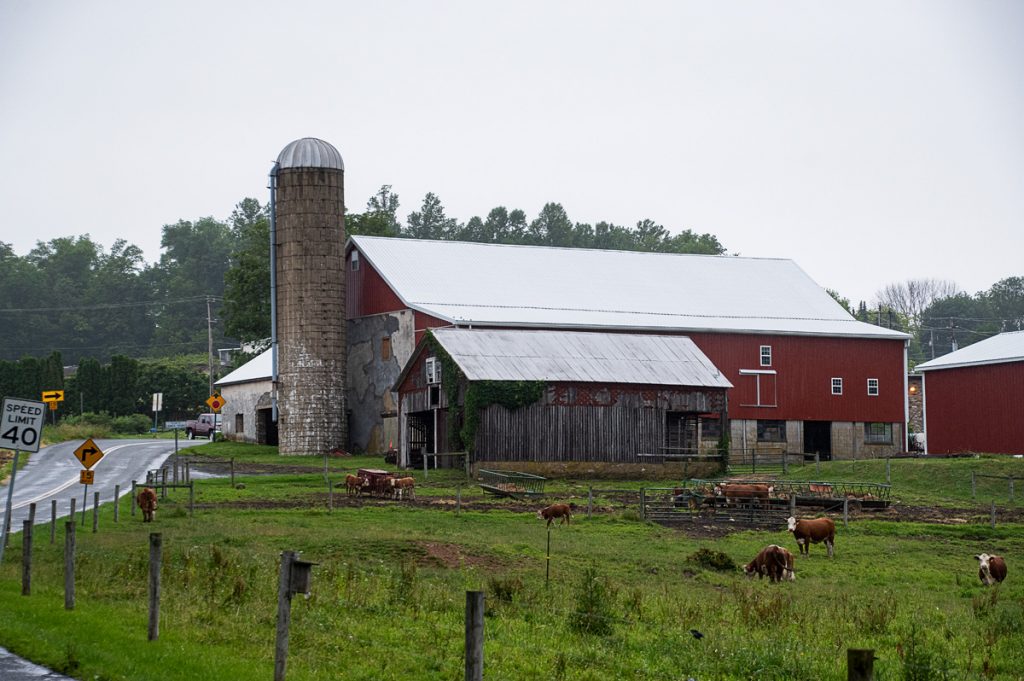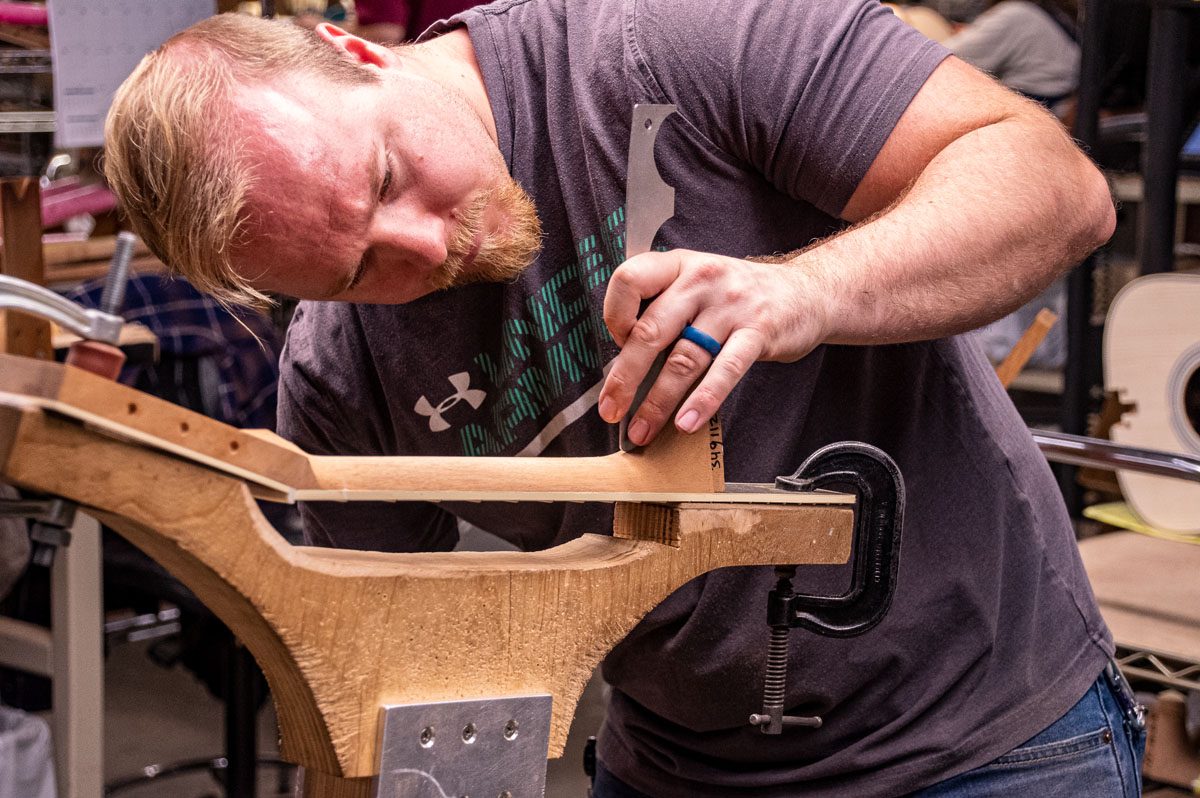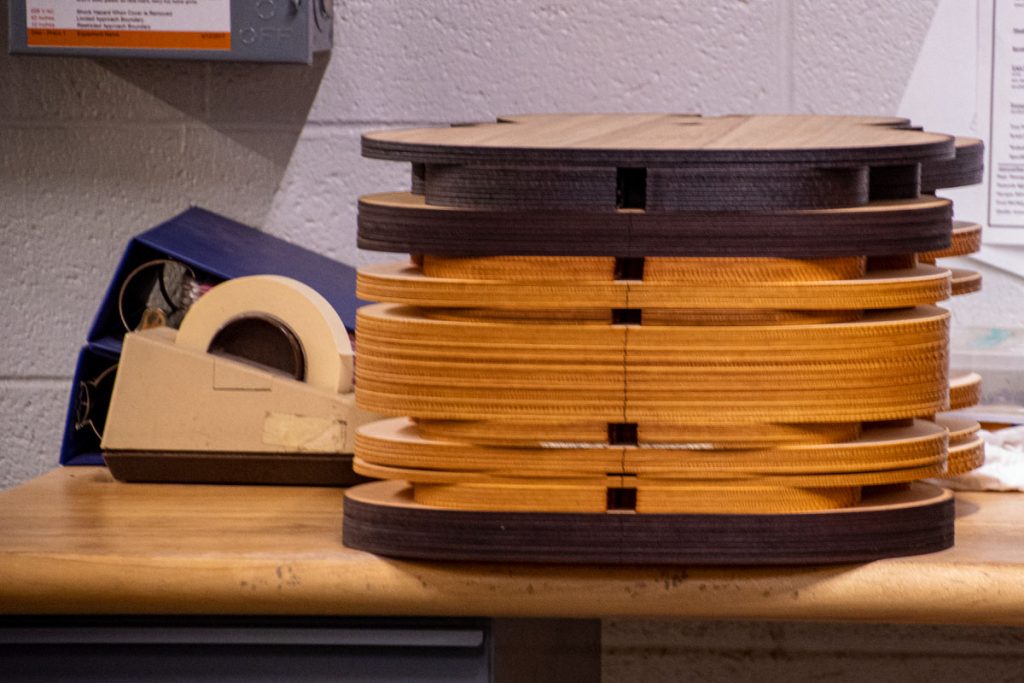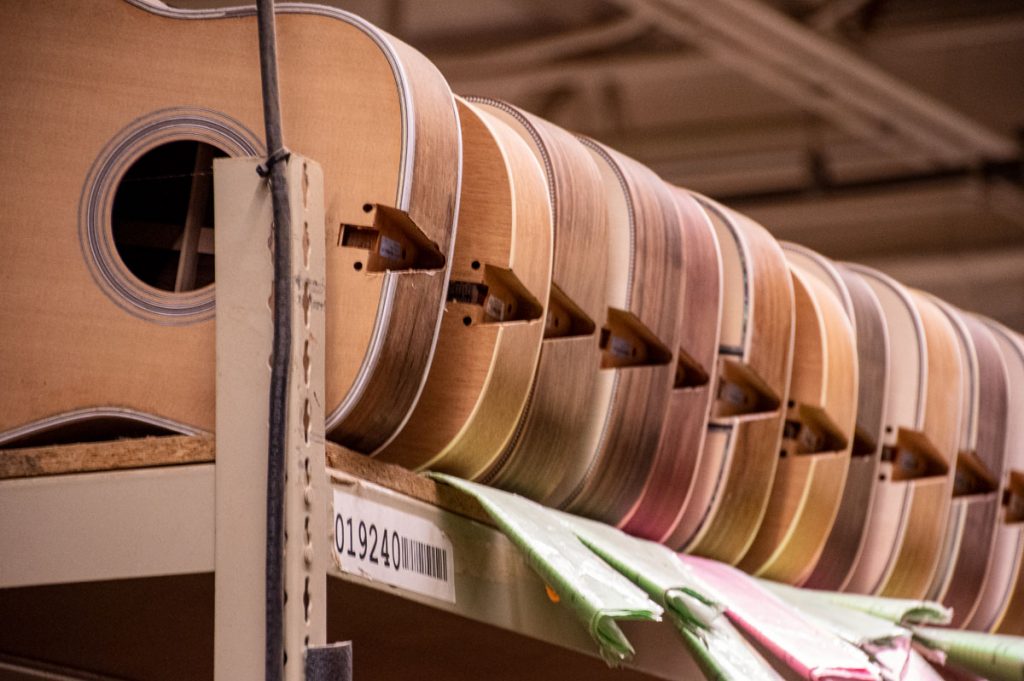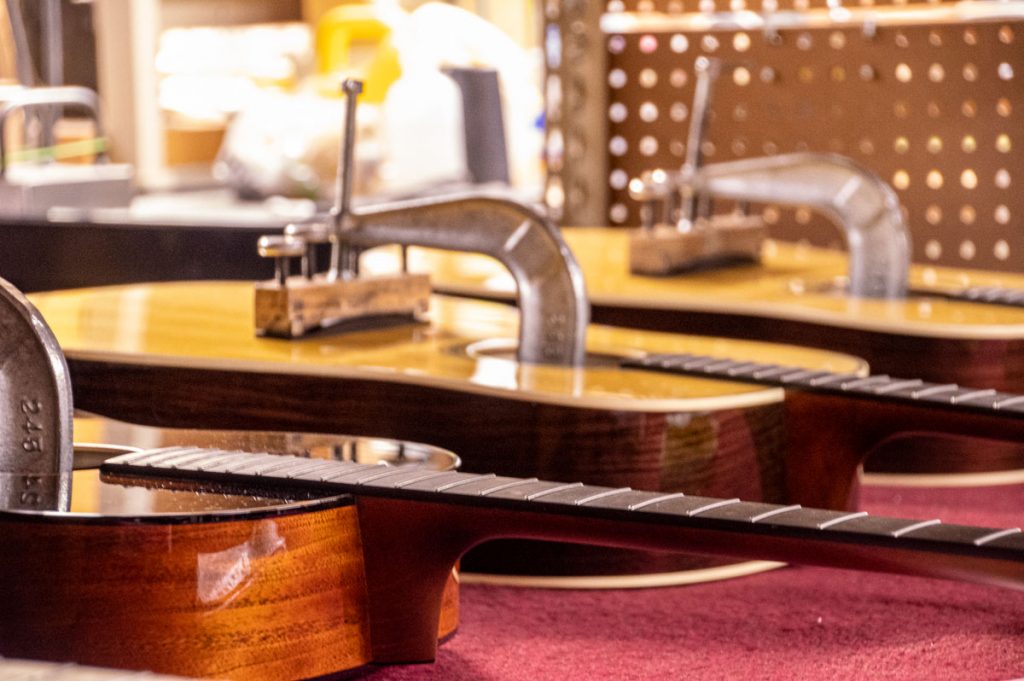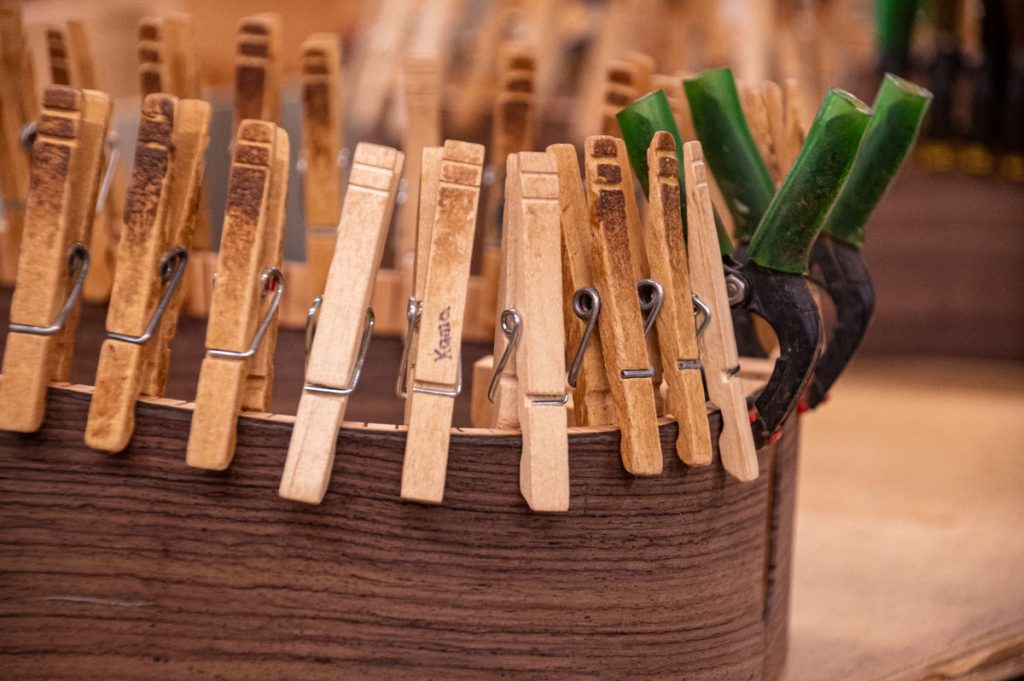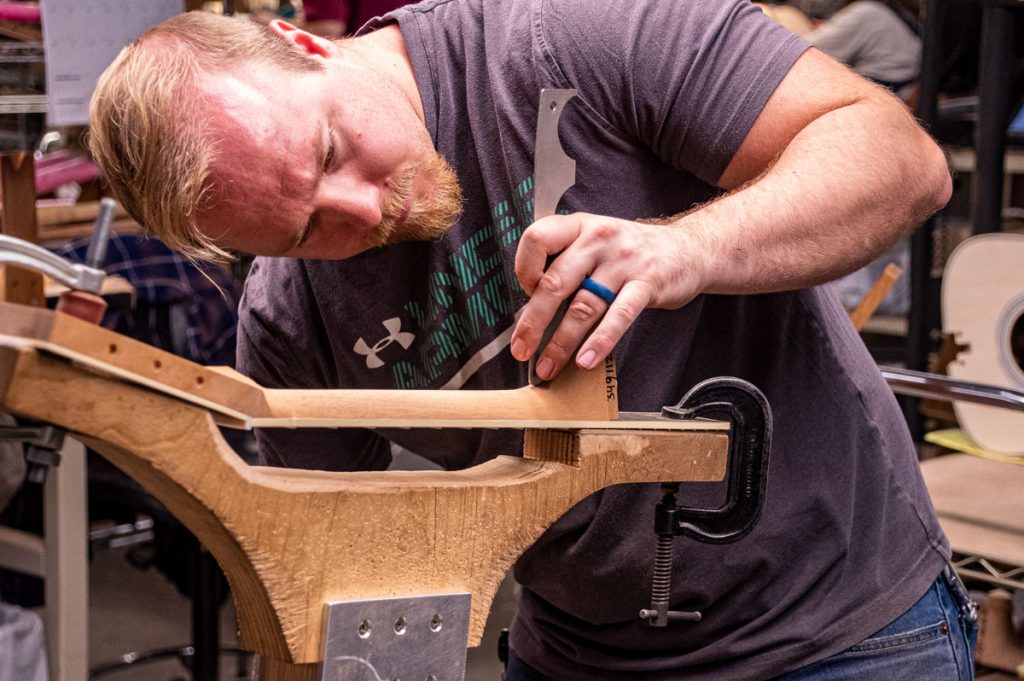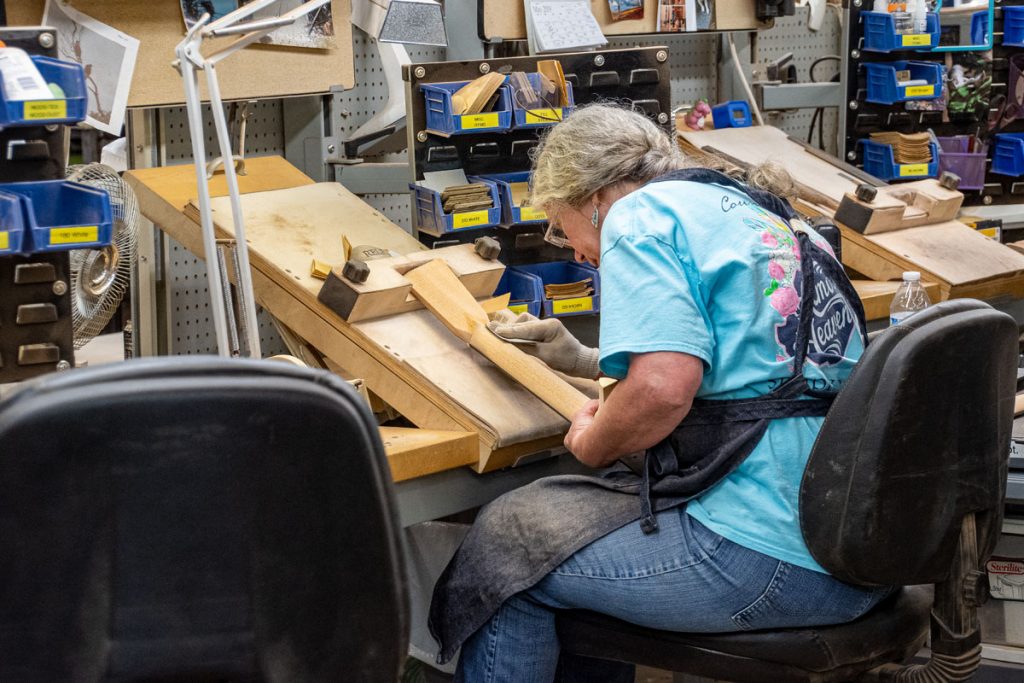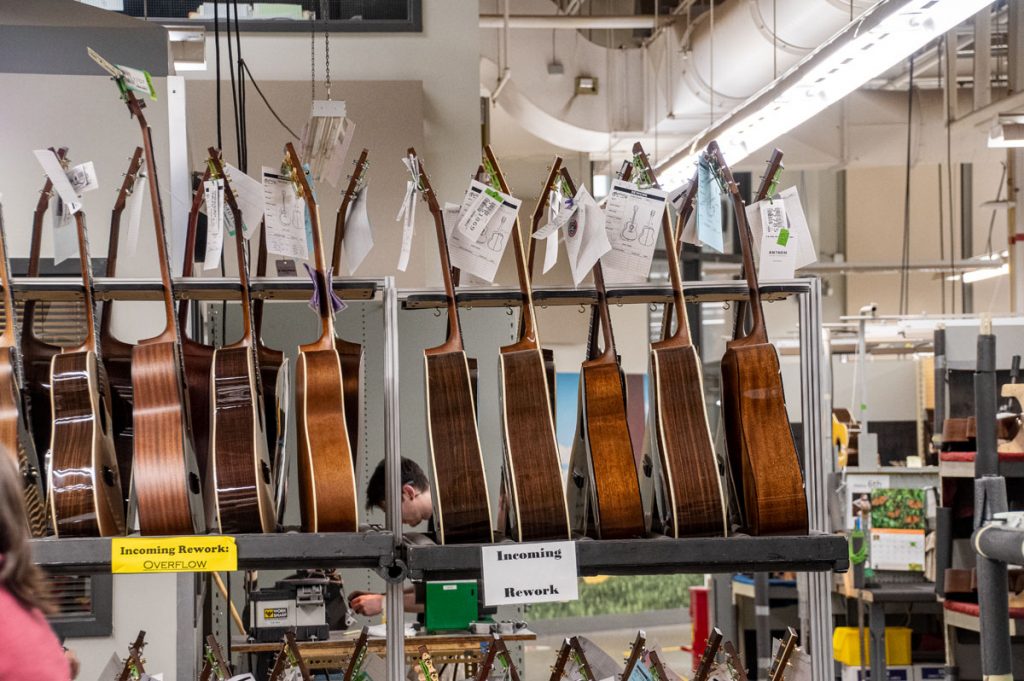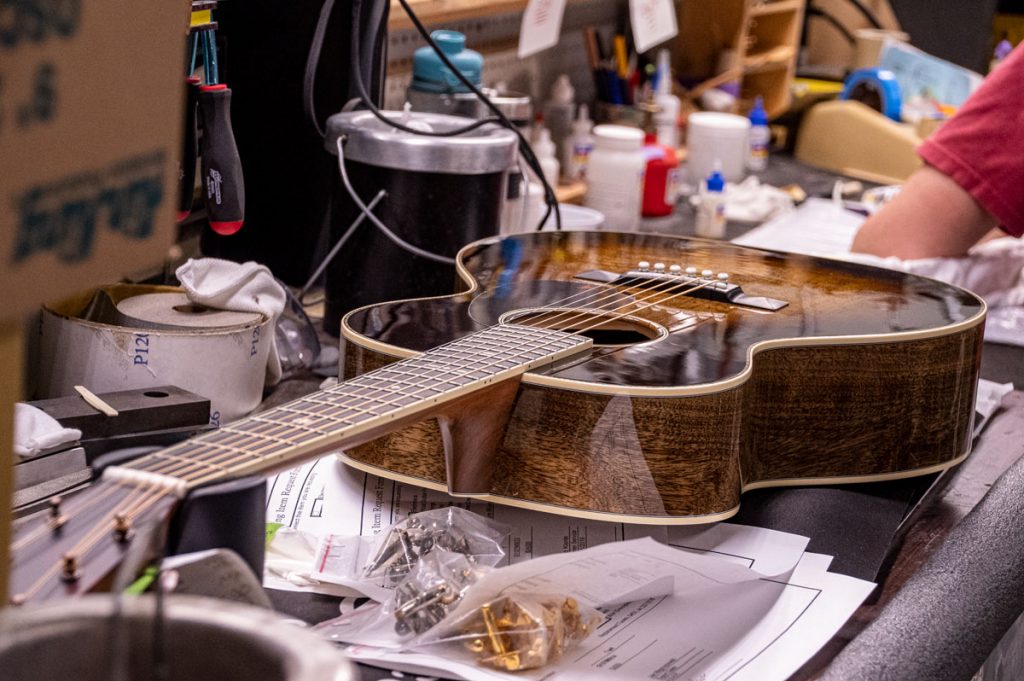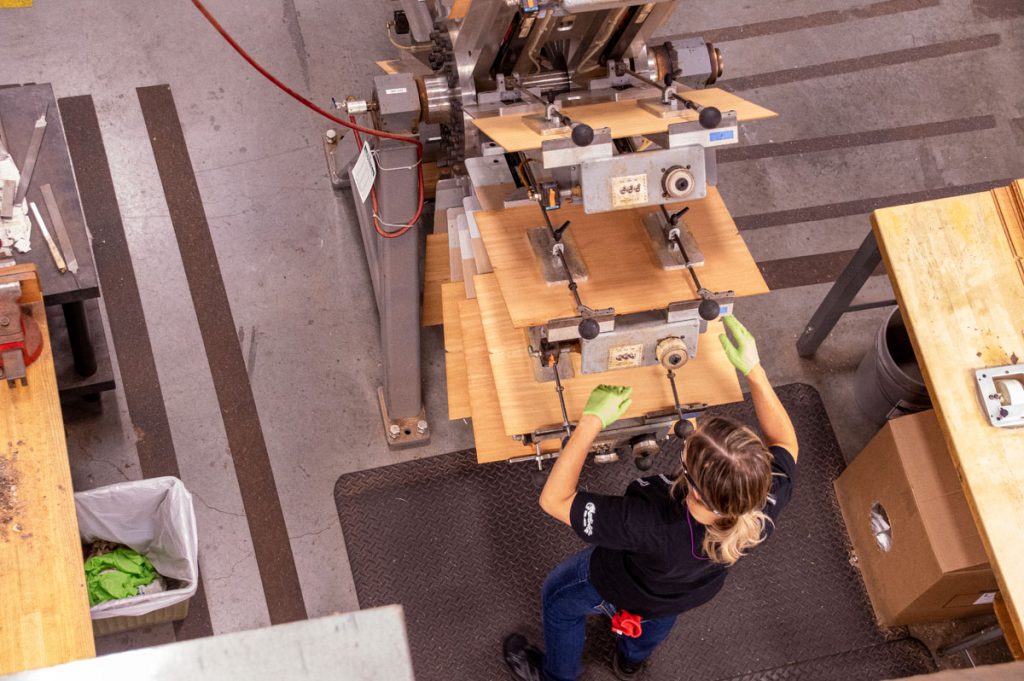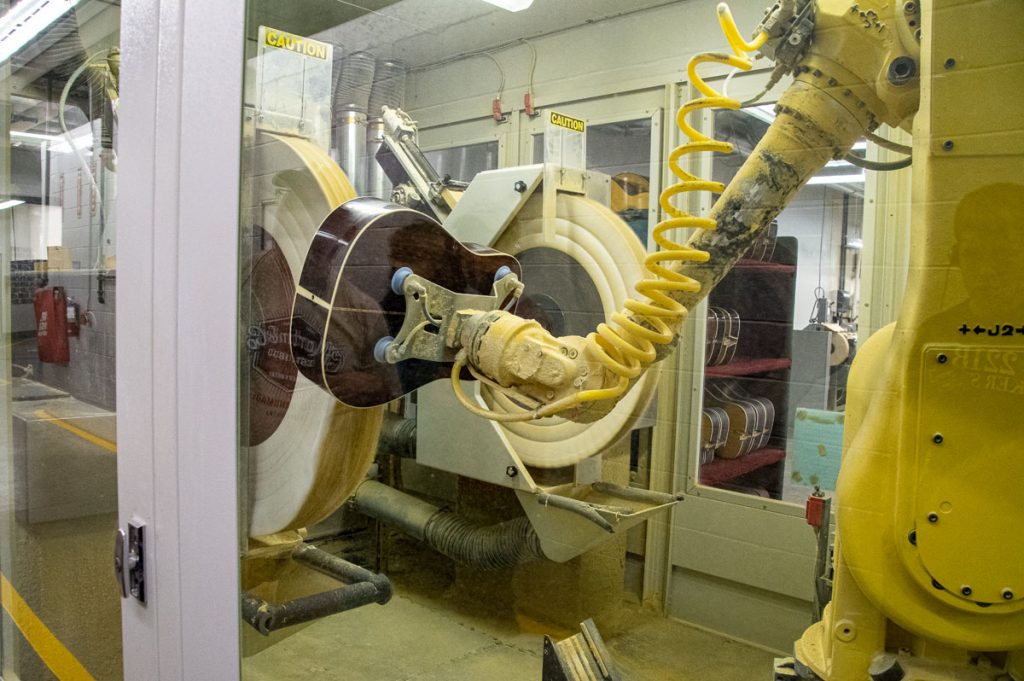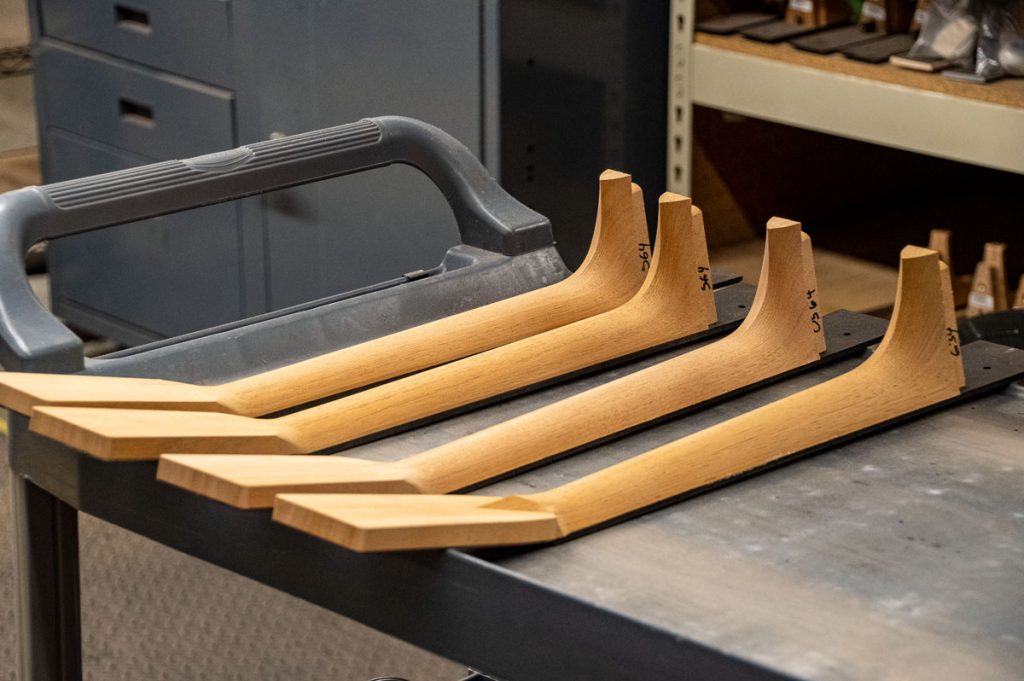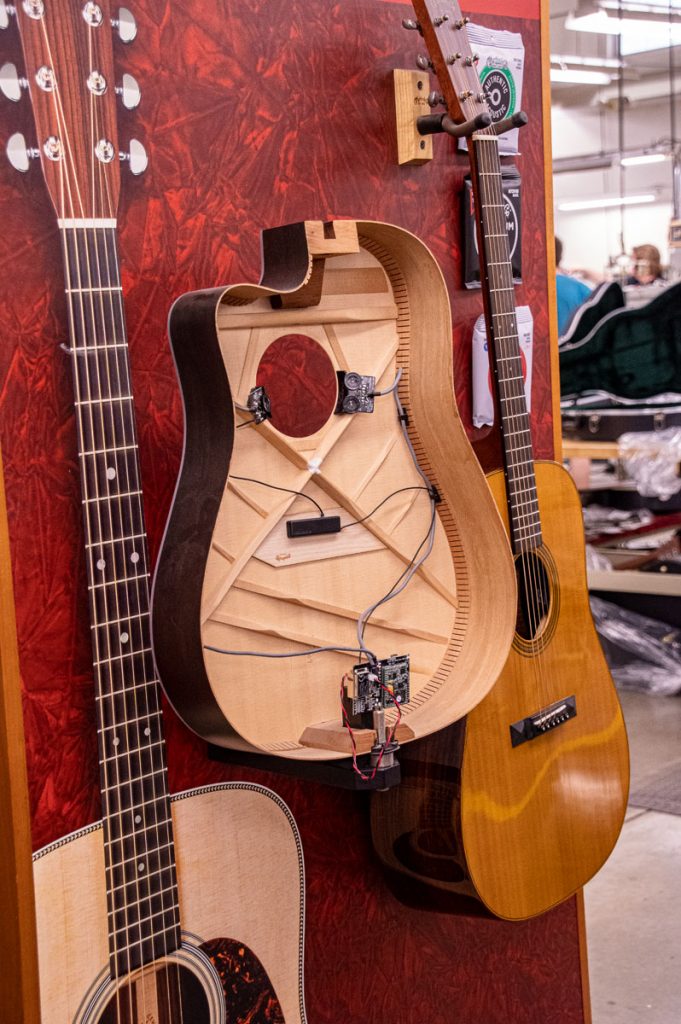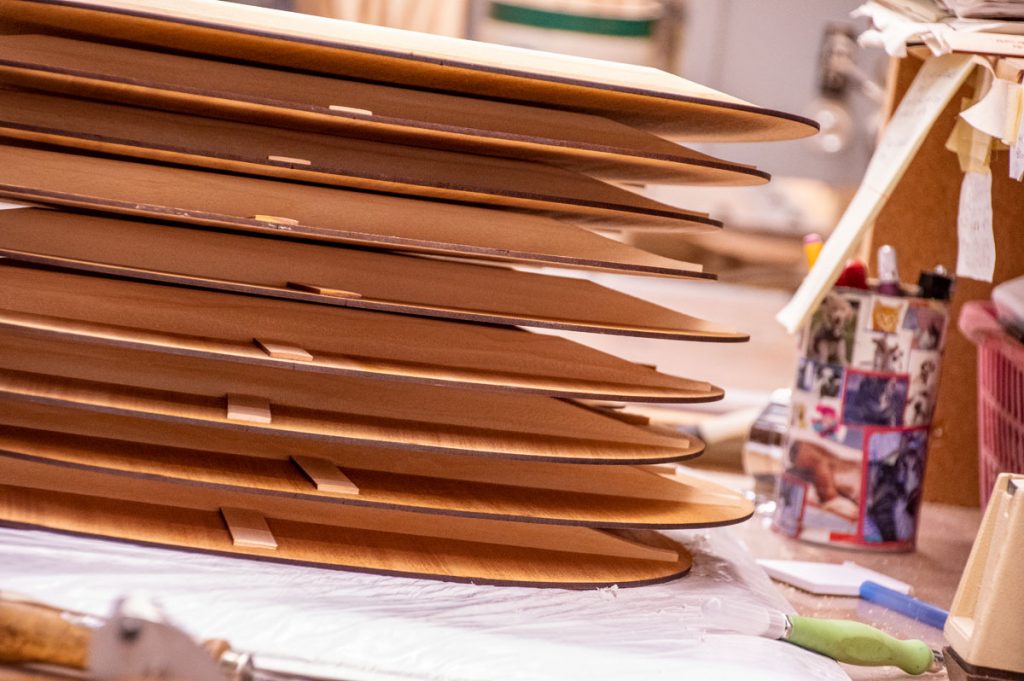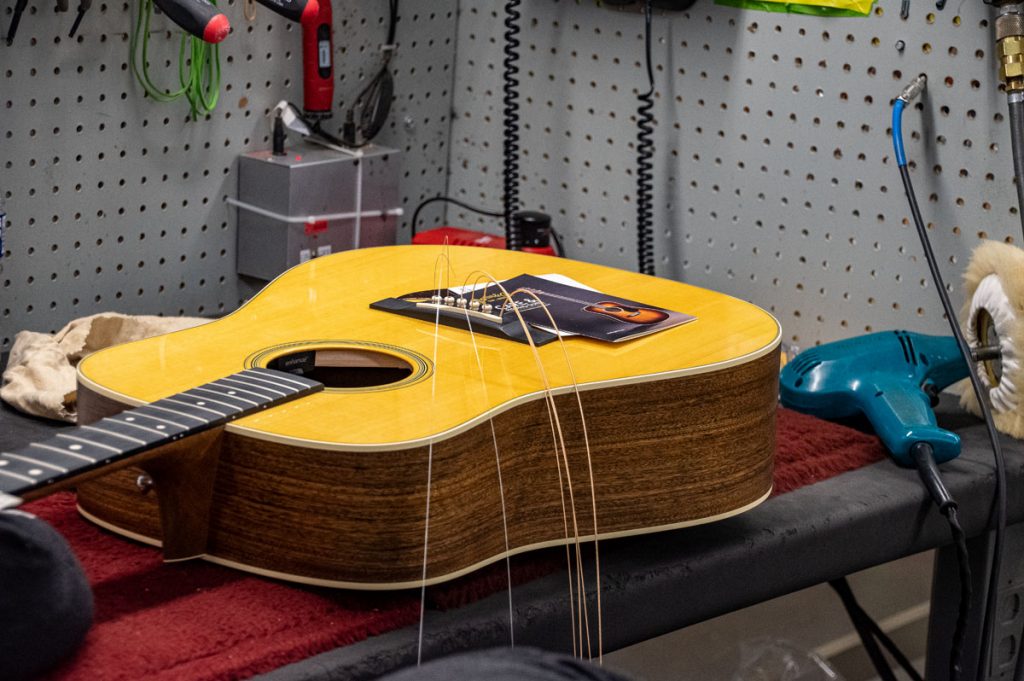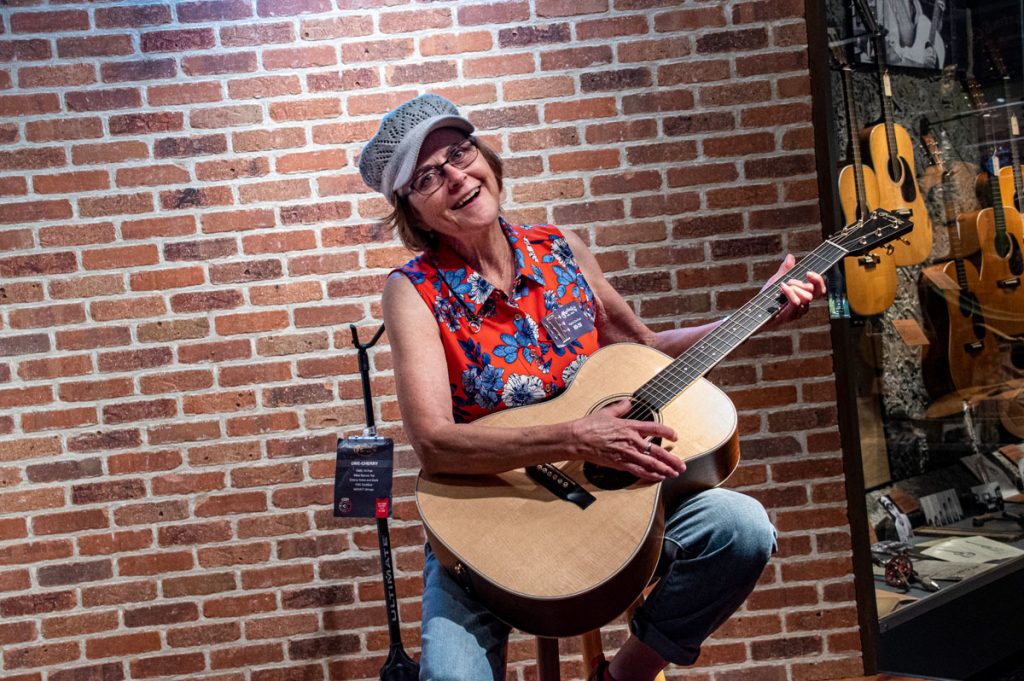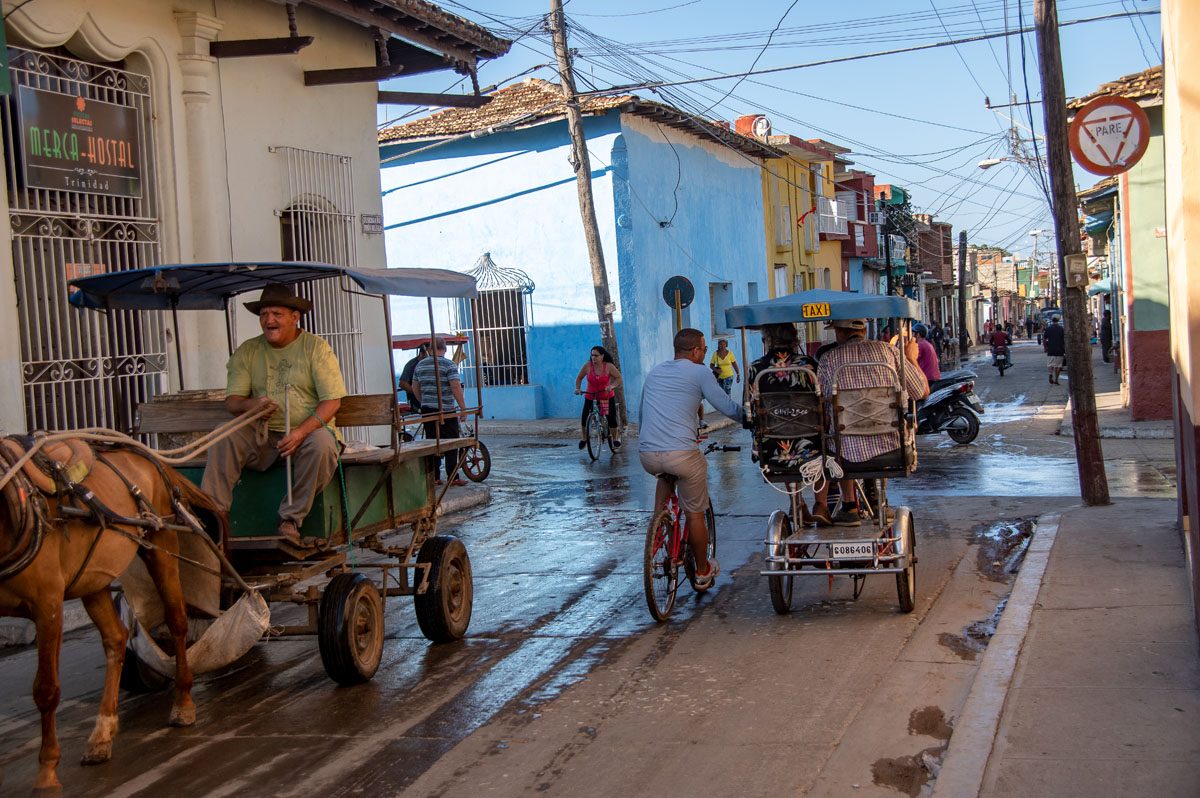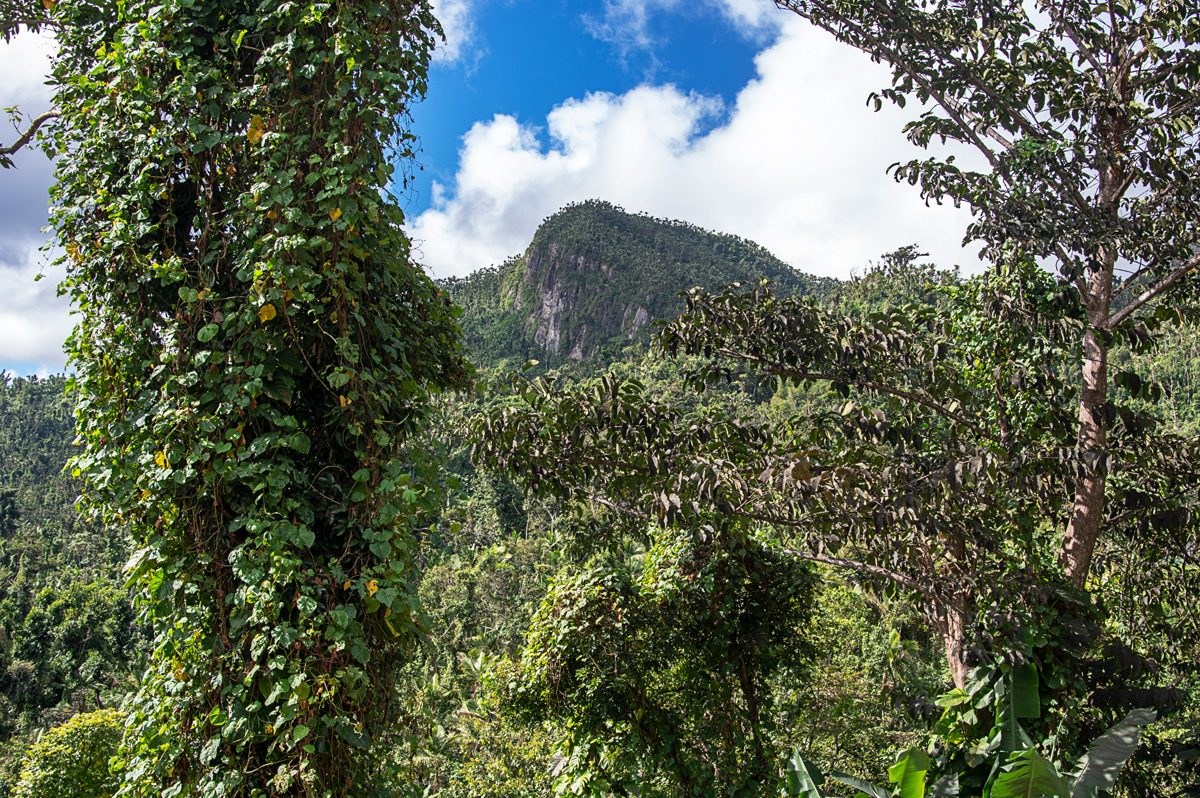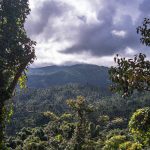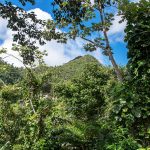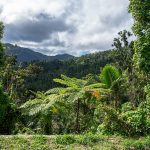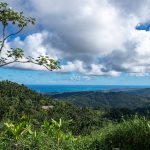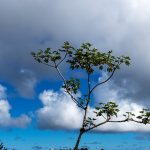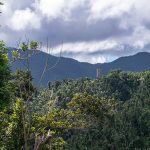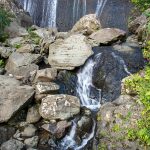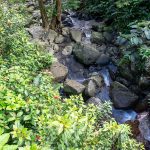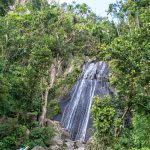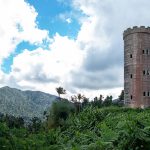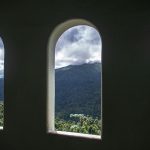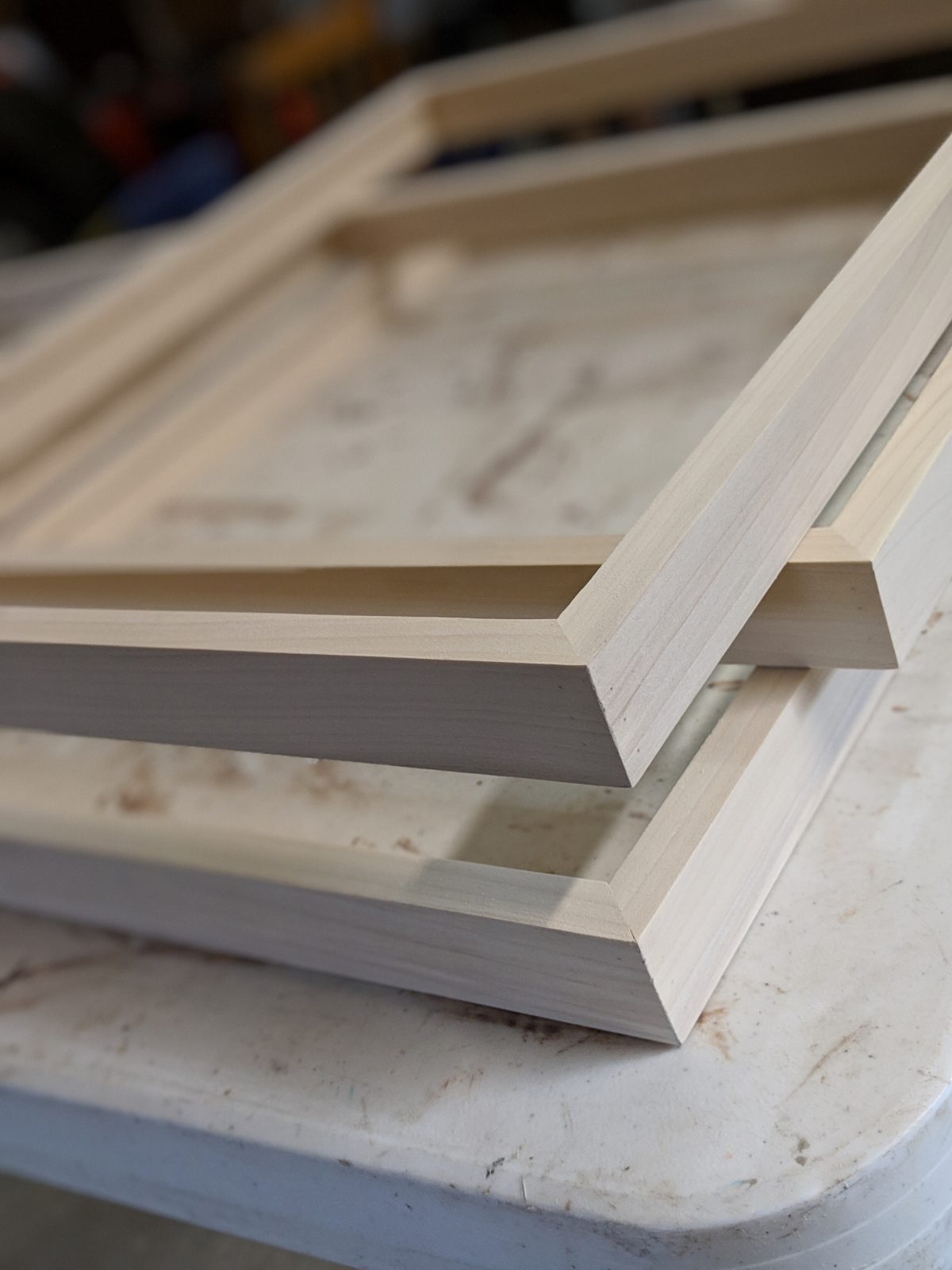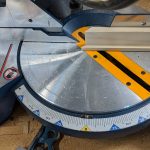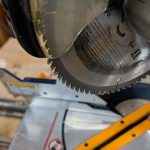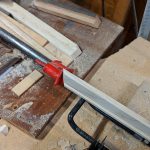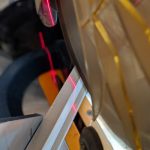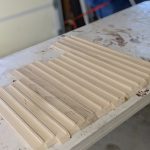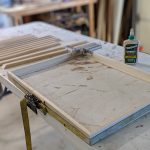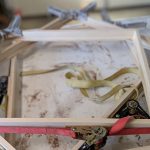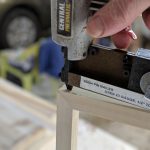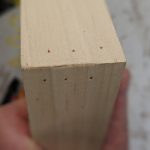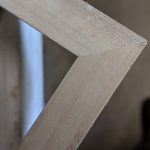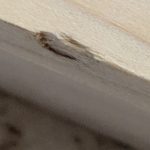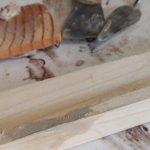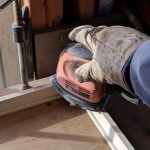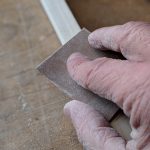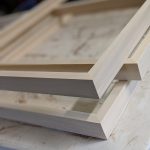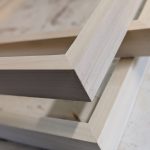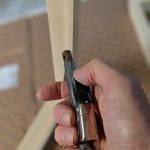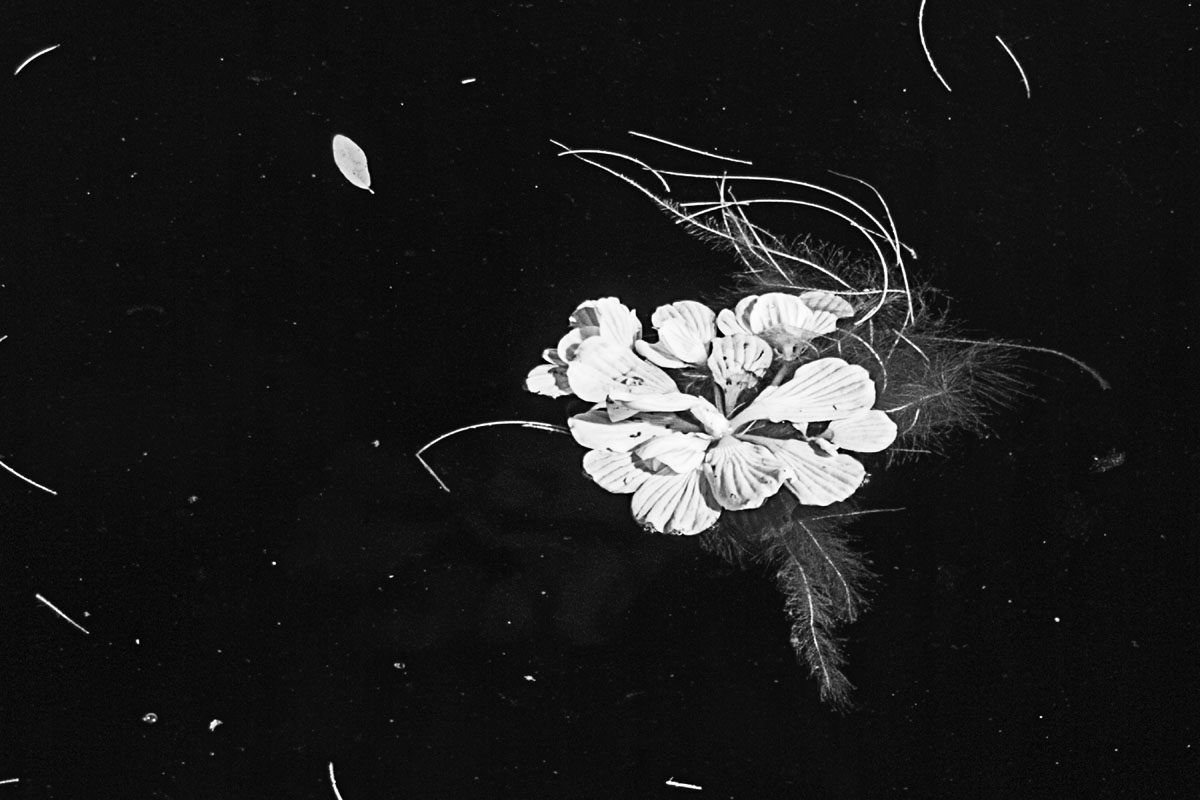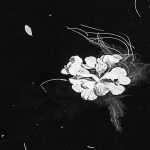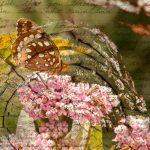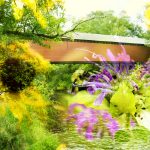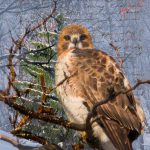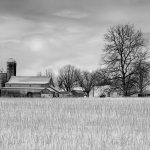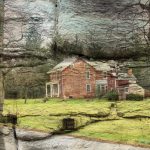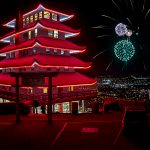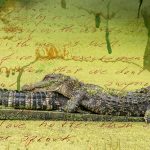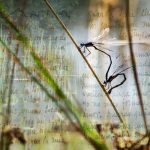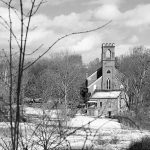Find the most up-to-date postings and the archive Here
Category: Uncategorized
No. 30 Wine Country
Scenes from Pinnacle Ridge and Stoney Run Wineries, Near Kempton and Kutztown, PA
No. 28. Woodchopper Town
No. 26. District Township
No. 21. A Visit to Martin Guitar
No. 15. Horsing Around in Cuba
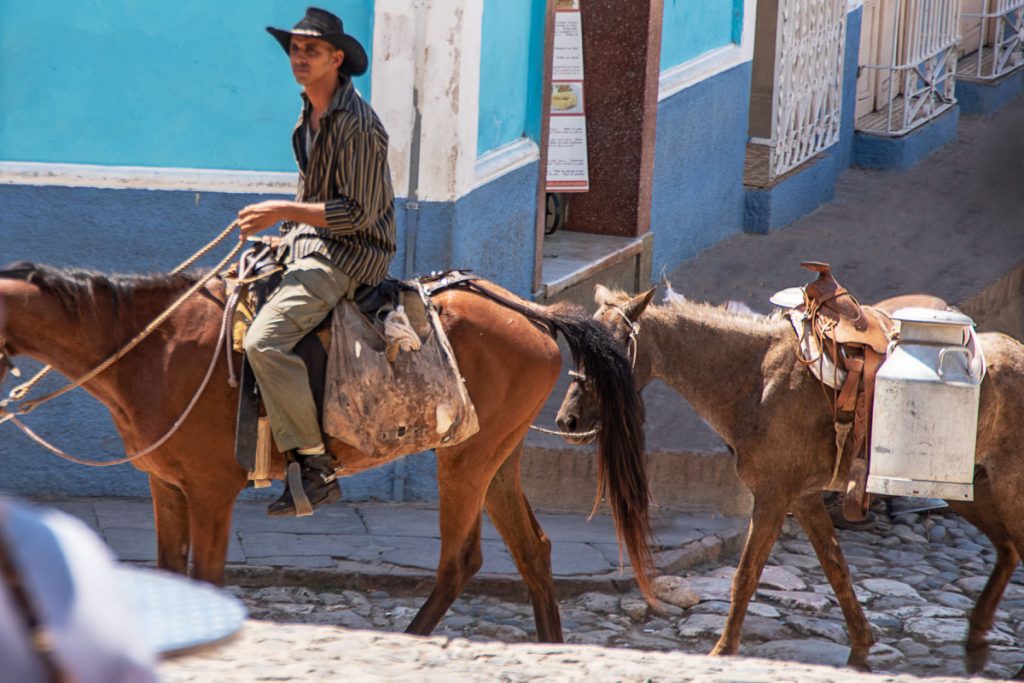
Farmer Delivering Milk 
Superman Rides Again 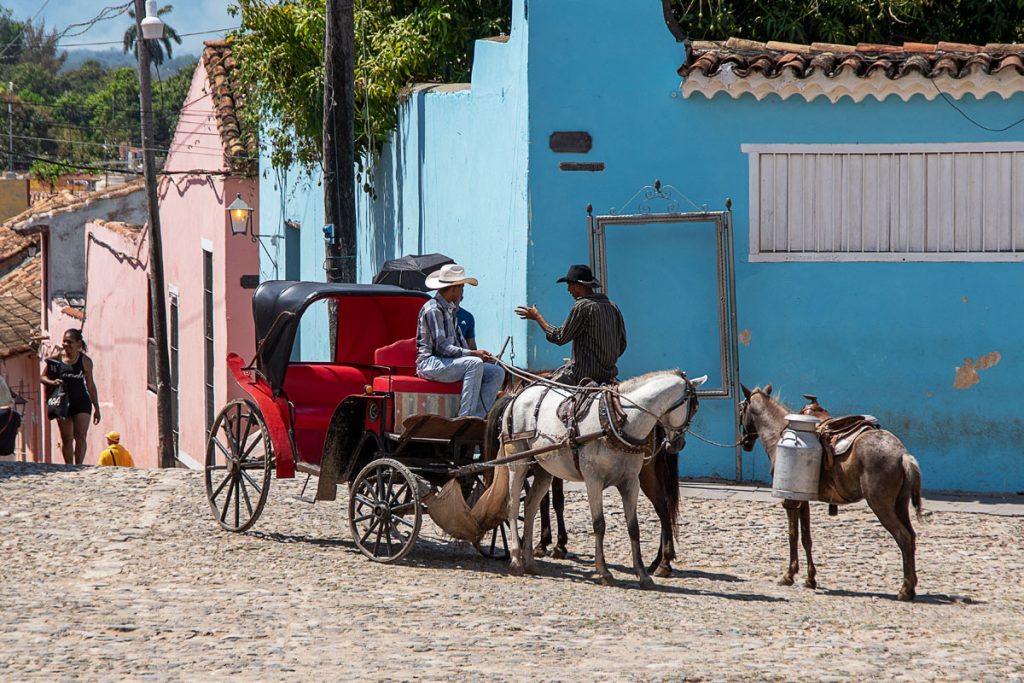
Friendly Chat 
Water Delivery 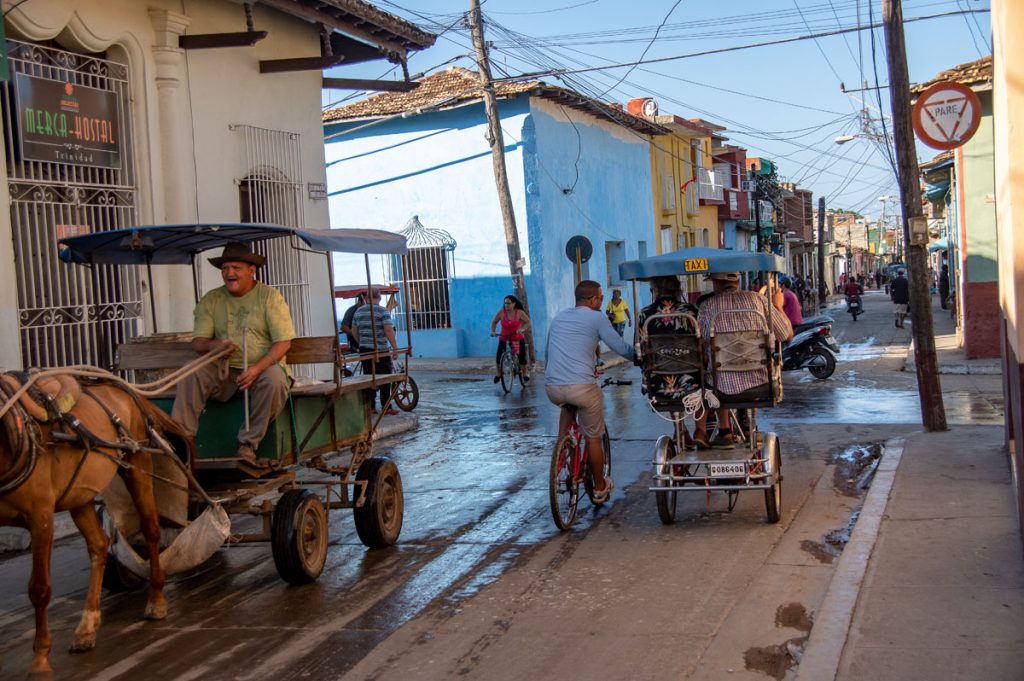
Morning Rush on Calle Desengaño 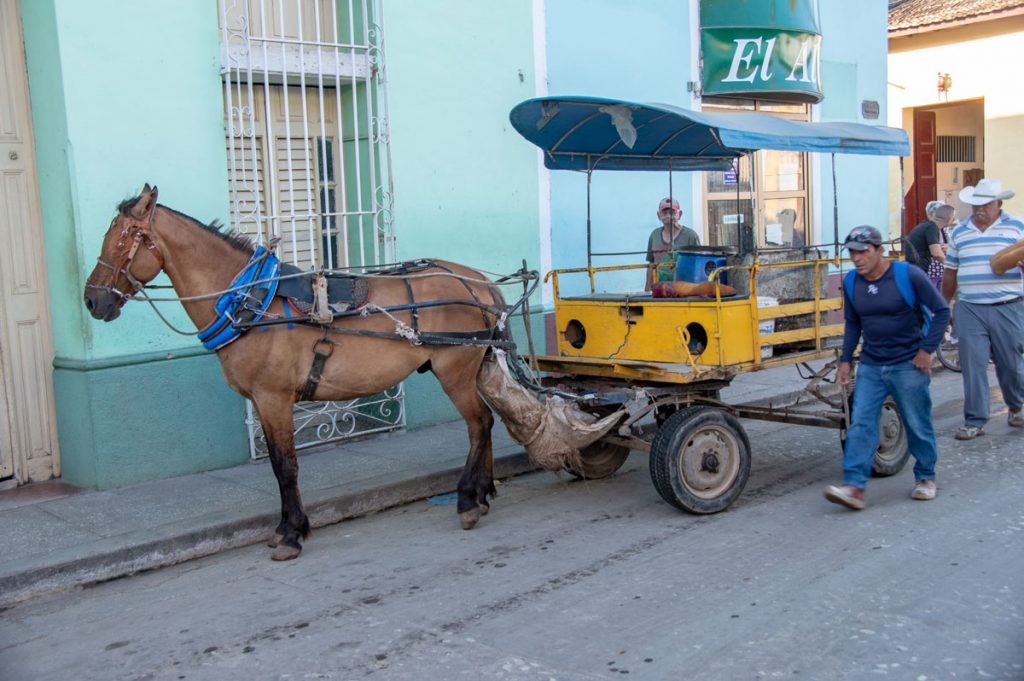
Horse Drawn Cart 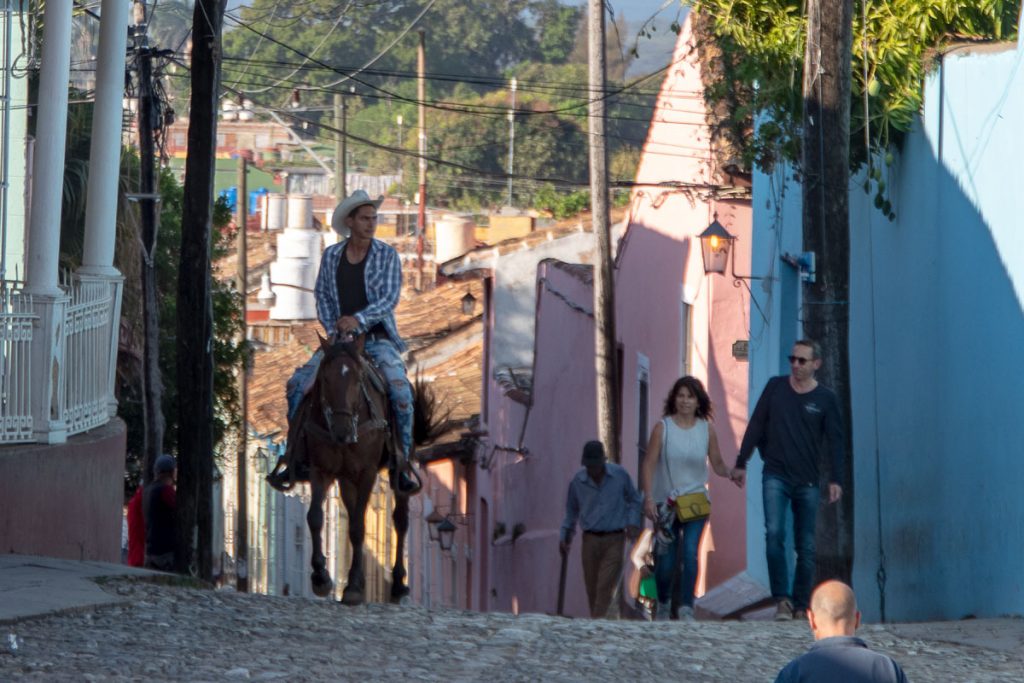
Riding into Town
Transportation in Cuba is a great deal more multifaceted than in the U.S. Horses and horse-drawn conveyances are still quite common, as are bicycles and motorbikes. Electric motorbikes are growing in popularity. With this post, I decided to feature horses. One of the pictures shows a water delivery. In older parts of Trinidad, there are no water mains to deliver water. It is delivered by tanker, often horsedrawn, and stored in cisterns.
No. 7. El Yunque Rainforest, Puerto Rico
No. 2. Original Hand-Crafted Frames
Up to now, I’ve largely avoided “How to” posts in the nearly ten years I’ve been doing this blog.
As every artist knows, frames are a big expense. In my experience, most good commercially-available frames are easily damaged. I’ve been making my own frames from scratch for some time. I’m much happier with the results than the ones I’ve purchased.
A big part of my studio time is spent matting and framing both my own work and fabricating the frames Martha Ressler uses for her Art Quilts. This post is about how I make the frames for my larger photographs.
I manufacture frames with several different profiles. Though they are all pretty much variations on a theme, the profiles and materials depend on what they are used for. For my large photo frames, I use poplar wood stained ebony. I also use reclaimed barn wood for Martha’s frames and burned and brushed cedar for my small encaustics. In later posts, I will illustrate these variations as well as my finishing process.
I begin with 1 x 2 boards ripping them in a simple profile ideally suited for glazing and double-matted prints. I use a fine-cutting 80-tooth miter blade to cut the joints, resulting in a nearly perfect fit virtually every time. As you will see in the pictures below, I’ve devised a stop on my miter saw fashioned from a long pipe clamp that hardly gets used for its intended purpose. I decided to use that rather than purchasing a chop saw table with stops partly because for the expense and partly for space considerations. I’ve also developed a homemade clamping system fashioned from ratcheting hold-down straps, that works much better than commercially available clamping systems I’ve tried.
No. 33. Crystal’s Net
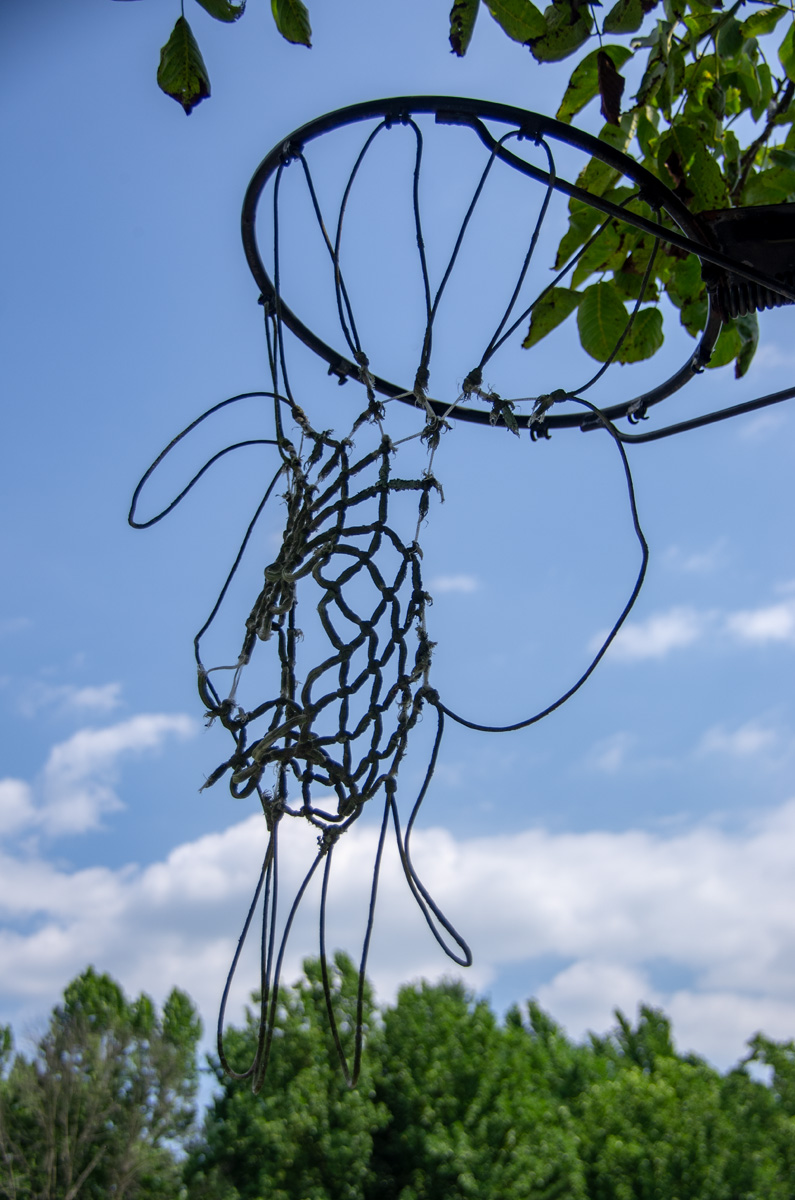
Crystal’s Net
I am fascinated by the textures and shapes of this weathered-old basketball net.
No. 46. Layers in Common Show
Never in a million years would I have thought about a Dog Training facility as a venue to display art—mine or anyone else’s—until last spring some friends invited Martha Ressler and me to their opening at Awesome Dawgs. A marriage of a dog trainer and a gallery owner resulted in this interesting amalgam in a renovated barn bordering the Oley Valley. At that time we began negotiating our own show there.
The opening last week of our show Layers in Common was a bit unusual in that the guests included a number of furry four-leggers in various shapes and sizes along with their human companions. It was an art opening and a dog social all in one.
Our show was a bit different in another regard. This is the first gallery show that Martha and I’ve done together. Often we both participate in group shows, sometimes hang a solo show, or occasionally one of us teams up with another artist to share gallery expenses. (We do many art fairs together or side by side.)
Several people have requested that we post the show online. As it turns out, this is a good exercise because it reveals a disconnect between what I actually show in galleries or other venues and what appears in this weekly blog. Several pieces have been shown one place or another, but not here. Martha has posted her half of the show under the title Awesomeness on her blog, here. Below is my artist statement for this show in which I discuss the somewhat disparate selection of pieces.
Words about Layers in Common — Anchoring my selections for this show are four pictures from my Love Letters series, a group of pictures incorporating photos of wildlife with love letters I’ve found in various places, mostly on the Internet, blended into the background. Four more are from two parallel series I’m currently working on Country Roads and Country Too. The former is a grouping of composite photos the latter black and whites. Both series are based on rural Berks County landscapes. Quarter Past Midnight rounds out the locally-sourced pictures. Water Lettuce, an infrared picture shot on Coffeepot Bayou in St. Petersburg, FL, is something of an outlier in this exhibit. It was chosen for purely aesthetic reasons to hang next to Quarter Past Midnight and like Hard Look bookends the exhibit with black mats.
